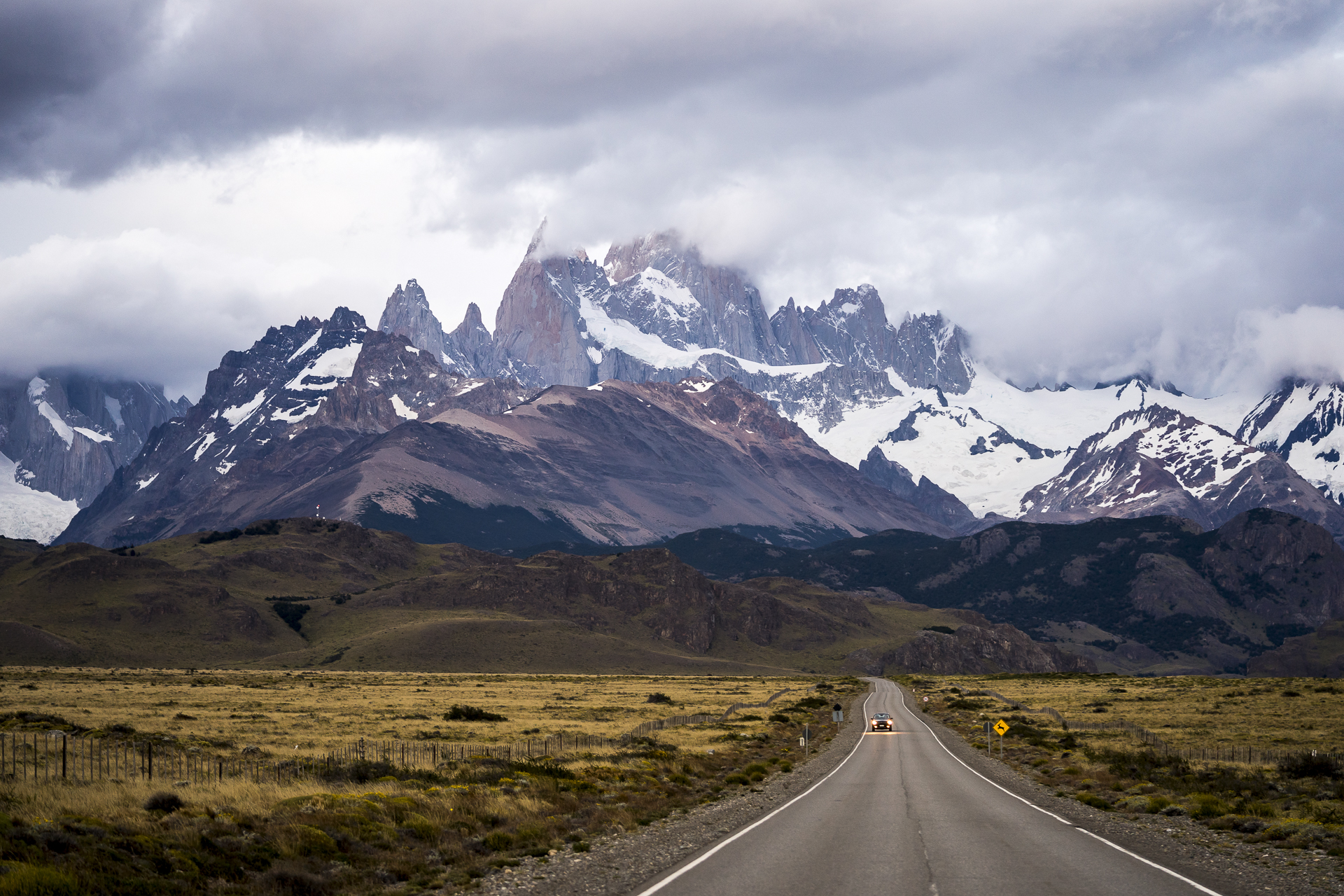
Patagonia road trip: 4,000 km from Punta Arenas to Puerto Montt
28 days across Patagonia. 4,000 kilometers from Punta Arenas to Puerto Montt: A Patagonia road trip of superlatives and an adventure that I would repeat in a heartbeat. Judging by the reaction of the staff at the Europcar counter in Punta Arenas, it is not every day that someone rents a 4×4 SUV for 28 days. And that’s why one thing in advance: The rental car accounted for a good third of our costs for the Patagonia trip. But the freedom to make as many photo stops as you like and not be bound to bus schedules when choosing a route was worth this budget item to us.
In the following, I describe our stage stops, some of which are supplemented by blog posts with more detailed information (each of which is linked). At the end of each stage you will find our respective accommodation as well as the number of kilometers driven. Finally, there are the most important facts about planning the Patagonia road trip, the breakdown of the costs and a route overview in map form.
Day 1 and 2: Arrival in Punta Arenas
After a three-hour flight from Santiago de Chile, we land in Punta Arenas in pouring rain. Not the ideal weather to inspect a car outside in the parking lot. The formalities for renting a car at the Europcar counter in Punta Arenas are tough. After about an hour we have made it and are proud “owners” of a Ford Escape including all the necessary papers to master the border crossings between Chile and Argentina. Many Patagonia travelers drive directly north from Punta Arenas Airport to Puerto Natales in order not to waste valuable time. We had decided in advance to take the road trip calmly and give ourselves and the car two days to get used to Punta Arenas. If something had been wrong with the car, I would have had the opportunity to pass by the Europcar station at Punta Arenas airport again.
The first section of the route takes us from Punta Arenas airport to the southernmost tip of the Chilean mainland to Faro San Isidro. The persistent rain as well as the ultra-muddy ground keep us from the actually planned hike from the parking lot to the lighthouse and we return to Puerto Natales without accomplishing anything. Unfortunately, we waste the second day looking for penguins. Don’t make the same mistake and use the full day in Punta Arenas for a detour to Pali Aike National Park (I’m annoyed that I only discovered this option after the fact).
Kilometers driven: about 100 kilometers to Faro San Isidro
Overnight: Hostal Rynaike
Day 3: Punta Arenas to Puerto Natales
On the third day, we set off towards Torres del Paine National Park and drive a good 250 kilometers north to Puerto Natales. The road here is of good quality – but there is nothing spectacular in terms of scenery on the way. But what is worth it is the detour to the Mirador Dorotea. The ascent to the local mountain of Puerto Natales takes place a good 5 kilometers before the small town on a farm, which is located directly on the Ruta 9. The landowners charge an “entrance fee” of 5,000 Chilean pesos per person. I think it’s worth it because it’s the perfect warm-up hike for the coming days in Torres del Paine National Park as well as around El Chaltén.
In Puerto Natales you should definitely fill up your tank (as well as make sure that you fill up every time you see a gas station) and stock up on water and provisions for the coming days in the national park. In the center you will also find various outdoor shops, where you can find everything you are missing, from hiking pants to jackets to hiking boots.
Mileage: 250 km
Overnight: Casa Lucy
Day 4 to 7: Fascination Torres del Paine
We have planned a total of four full days for the Torres del Paine National Park and reserved the accommodations in advance. I think four days are definitely worth it. With all the different hiking and trekking options, you can also spend a good five to seven days here. You can read about how we designed the four days in detail in my Torres del Paine hiking guide. It is important to know that the nearest gas station to the national park is the one in Puerto Natales (as of January 2018). During our research, we read that extra tanks are not allowed in the car in Chile. Our Ford Escape had a range of around 500 – 550 kilometers, which meant that we had to drive back to Puerto Natales to refuel. If you rent a diesel-powered pick-up, you can avoid this problem. There are also no paved roads in the national park. Most of the slopes are in good condition – but there are always nasty holes in between. Therefore: Be careful!
Kilometers driven: 500 kilometers (incl. return to Puerto Natales for refueling)
Overnight: Hotel Lago Grey / Mirador del Peyne / Hotel las Torres
Day 8 and 9: Across the border to El Calafate
Coming from Torres del Paine National Park, we had planned to enter Argentina via Y-205. That would be the shortest way. But after about an hour of waiting at the Chilean border, we are sent away. The reason: a power outage. So we have no choice but to take the detour via Puerto Natales and Villa Dorotea, where there is another border crossing, with numerous other car travelers and buses. Entry into Argentina is surprisingly uncomplicated here. It is important that the car documents (the so-called Permiso Argentino) are stamped both at the customs of Chile when leaving the country and at the customs of Argentina when entering the country. Without “Permiso Argentino”, it is not possible to cross the border into Argentina by rental car.
We follow the Ruta 40, which runs from Tapi Aike as an unpaved track for a good 70 kilometers. After endless kilometers through the dry Argentine steppe landscape, Lago Argentino with its bizarre blue finally appears on the horizon in the afternoon. Soon after, in the middle of nowhere, we reach El Calafate. El Calafate serves as our starting point for a day trip to the Perito Moreno Glacier.
Mileage: 400 kilometres (via Dorotea border crossing)
Overnight: Hostel America del Sur
Day 10 to 12: Hiking in El Chaltén
From El Calafate to El Chaltén it takes a good three hours by car. I find the long straight sections along Lago Viedma particularly exhausting to ride – or rather, it is challenging to maintain concentration despite monotomy. Fortunately, this is followed by three almost car-free days in the hiking paradise of El Chaltén. For me one of the highlights of the Patagonia road trip. You can read all the information about the various hiking options around El Chaltén in my hiking guide.
Mileage: 210 km
Overnight: Hosteria Kau Si Aike
Day 13: A Surprise in the Pampas
With a lot of altitude in our thighs, we are not so unhappy that we will spend a little more time in the car for the next two days. Perfect regeneration. Immediately after the last hike in El Chaltén, we get into our car in the early afternoon and make our way back to Chile. The planned border crossing in Chile Chico is located 650 kilometers along Ruta 40 northwards. Since my co-pilot and friend does not have a driver’s license and I am therefore solely responsible for steering, we divide this stage into two days. Gobernador Gregores is a good place to spend the night because it has a gas station here. However, since I didn’t want to stay in a soulless motel, I had picked out an estancia nearby online. The best idea ever! The Estancia Santa Thelma (partner link) is a great stopover. It is run by a French couple and is lovingly furnished. If you like horseback riding, you should plan at least two nights here. I regretted that we didn’t have time for a ride.
Mileage: 320 km
Overnight: Estancia Santa Thelma
Day 14 and 15: Relaxing at Lago General Carrera
After two days following the Ruta 40 across the “Pampa”, I am happy to find more varied roads back in Chile. About halfway between the estancia and the Argentine border crossing in Los Antiguos, there is the possibility to make a detour to the Cueva de las Manos (a UNESCO World Heritage Site). However, we spontaneously decide against this additional loop, because it would mean an additional two to three hours of driving and we still have a border crossing ahead of us.
The border crossings to Chile are generally more cumbersome than those to Argentina, because the Chilean border guards check all luggage. It is important that you do not import fresh fruits to Chile! After a short shopping stop in Chile Chico, we follow the adventurous gravel road along Lago General Carrera to just before Mallin Grande. Here we spend two days in the fantastically located Patagonian Acres Lodge (partner link), which was founded by an American. Currently it has four log cabins as well as a main building and a hot tub. In addition to the great location, we were impressed by the hospitality and the fine freshly cooked food (breakfast and dinner).
On the recommendation of the lodge owner, the next day we follow the Carretera Austral (Ruta 7) in a southerly direction and admire the dazzling colors of the Rio Baker. The landscape here is incredibly diverse and there are some great hiking and trekking options between Mallin Grande and Cochrane, such as in Valle Chacabuco (incidentally, the birthplace of the idea of “Parque Patagonia“).
Mileage: 630 km (to Confluencia Rio Baker)
Overnight: Patagonia Acres Lodge
Day 16 to 19: Insider Tip Cerro Castillo Trekking
Especially for the section of the Carretera Austral northwards towards Coyhaique, the rental car has proven itself. In contrast to the tourist routes around the Torres del Paine National Park and El Calafate/El Chaltén, there are significantly fewer buses in this area and accordingly numerous backpackers try hitchhiking. We took people with us on almost every section of the track, although I sometimes found it challenging to negotiate the potholes and have conversation at the same time. From Mallin Grande our Patagonia road trip continues via Puerto Tranquillo (we skip the visit to the famous marble caves due to bad weather) to Villa Cerro Castillo. Here we exchange the car for hiking boots again for a few days and set off on the Cerro Castillo Trek – my second highlight of these 28 days in Patagonia.
Mileage: 210 km
Overnight: Senderos Patagonia / Tent
Day 20: Back to Civilization
Until this stop, I had picked out the accommodations myself. From here to Puerto Varas, the local agency Andes Nativa suggested some really great hotels in advance, which we then booked based on their recommendation. After four nights in the tent, we were looking forward to a hot shower in Coyhaique. And as a reward for the trekking days, we treated ourselves to a fine dinner at the restaurant Ruibarbo Gastronomia. Eating out is not a cheap affair in Chile, but for any variations of Pisco Sour and Ceviche my wallet is pretty loose in my pocket…
Kilometers driven: 100 kilometers
Overnight: Hostal Belisario Jara
Day 21: Along the Carretera Austral
I like varied roads and the Carretera Austral offers so many more facets of landscape than the rather “boring” Ruta 40. It is worth planning a full day for the stage from Cohaique to La Junta, as the Carretera Austral runs right through the Quelulat National Park. While the road first winds unpaved through a rainforest-like forest, it is followed by the hanging glacier Ventisquero, one of the most fascinating sights in the region. At the national park parking lot I am a bit surprised by all the cars, on the way the traffic is limited.
We lace up our hiking boots and spontaneously march to the Mirador Ventisquero Colgante (about 2.5 – 3 hours walking time for the way there and back). A worthwhile tour that leads through an enchanting forest (did I mention how beautiful the forests along the Carretera Austral are?). After that, there is a technical challenge for me. There are currently various construction sites on the Carretera Austral, as the many unpaved stages are being asphalted piece by piece. A complete closure of the road due to a construction site shortly before Puyuhuapi meant that I had to park backwards on a rather rotten ferry, which acted as a road replacement.
Mileage: 280 km
Overnight: Hotel Espacio y Tiempo
Tag 22: Foodie Day in Futualefu
Fortunately, the four hitchhikers decided to wait for another car at the exit of the national parking lot the day before. Due to lack of space, I would only have taken three with me. Driving backwards onto the ferry with three Chileans in the back seat would certainly have been a cheerful undertaking. In La Junta, on the other hand, we take three Argentines with us, who are very happy that we drive directly to Futualefu and that they make it quickly to the targeted border crossing shortly after Futualefu. The following 145 kilometres are pleasantly entertaining in conversation with our fellow riders. In Futualefu, we indulge in a feudal lunch at the world-class Restaurante Martin Pescador and chill out the rest of the afternoon by our hotel’s casual pool. If you are in the mood for more action, you should book a river rafting tour in Futualefu – the place is known far and wide for this. And even though our hotel is highly recommended, I would have an ultimate hotel tip if you have a generous budget: take a look at the Uman Lodge.
Mileage: 145 km
Overnight: Hotel el Barranco
Day 23 to 25: Summer feeling in Bariloche
Even if 28 days sounds like “a lot of time”, we had to make compromises on our Patagonia road trip. To see “everything”, we would have needed at least four more weeks. In the northern section of the Carretera Austral I wavered back and forth whether we should follow the Carretera Austral consistently, or turn off again briefly to Argentina. In addition to the landscape components, Argentina has considerable savings in terms of fuel and restaurant food compared to Chile. Argentina is cheaper than Chile. However, that was not the decisive reason, but rather my “miracle” on Bariloche.
Mileage: 370 km
Overnight: Peninsula Petitel Hotel
Day 26: A date with the most beautiful volcano in Chile
To my surprise, we experienced the most arduous and lengthy border crossing at the Paso Cardenal Antonio Samoré. There was an incredible amount going on, which was probably due to the fact that we were spotting a Chilean summer holiday weekend. Your patience will then be rewarded with a beautiful drive through the Chilean cultural landscape in the Lake District. The third highlight of the tour: The perfectly formed volcano Osorno, at the foot of which we spend a night in the beautifully situated Petrohue Lodge and toast my thirtieth birthday with Murta Sour (be sure to try it).
Mileage: 310 km
Overnight: Petrohue Lodge
Day 27: Chilean Lakeland
And just as we started the road trip slowly, we also let it end at a leisurely pace. Not far from Petrohue Lodge are the Saltos del Petrohue, part of the oldest national park in South America, the Vicente Pérez Rosales. In addition to the waterfalls, there are some short trails that lead through the forest. Along the way, information boards vividly explain the interplay between vegetation and volcanism. Around noon we reach the pretty port town of Puerto Varas. If you feel hungry here at lunchtime, then you should definitely stop at the “Costumbrista”. A great place (and cheap)! Also recommended: Vagli’s Gourmet and of course our B&B – the Estancia 440.
Mileage: 60 km
Overnight: B&B Estancia 440
Day 28: Enchanted forests near Puerto Montt
Shortly before we have to drop off our rental car at Puerto Montt airport, we return to the Carretera Austral. We use the last day for a detour to the Alerce Andino National Park, where we take a hike to Laguna Sargazo. The Alerce Andino is known for its rich vegetation and tree diversity and I will not be disappointed. What a fairytale end to a fantastic trip across Patagonia.
… Next time I’ll complete the Carratera Austral and then make a detour to Isla Chiloé, which unfortunately couldn’t be accommodated in these 28 days.
Kilometers driven: 120 kilometers
return flight to Santiago de Chile
Practical tips and information about our Patagonia road trip by rental car
Preparation |
- We have rented the cheapest 4×4 SUV category from Europcar. There are other car rental companies out there, but with a one-way rental, the options are very limited.
- According to the terms and conditions of Europcar Chile, you are only allowed to drive a 4×4 car on unpaved roads – if you don’t want any insurance problems, you should take this into account when researching a rental car/choosing a route.
- To cross the border into Argentina you need a Permiso Argentino. This must be applied for in advance via the rental car company. I had sent a corresponding mail to Europcar directly after the online reservation and received feedback that this was being prepared (worked out perfectly).
On the road |
- Petrol stations are sometimes rare. Therefore, always keep an eye on the tank and fill up as fully as possible at every opportunity
- Refueling is cheaper in Argentina than in Chile – this can be used tactically, especially at the border crossings (i.e. it is better to refuel at the last place in Argentina than at the first in Chile).
- Allow enough time for the border crossings and observe opening hours. When entering Chile, luggage will either be scanned or searched by hand (do not import fruits!). When entering Argentina, one form must be filled out at a time.
- If you don’t need the car in the evening, you should try the local beers (you can find a selection of them in the Instagram Story of stiuvou_thun and the various “Sour” variants (Calafate Sour, Murta Sour…).
Equipment |
- When packing, think in layers and dress accordingly. Summer in Patagonia can include everything from scorching hot to windy and cool. Keep your rain jacket and sunglasses handy at all times.
- Take enough water with you in the car. We had bought the large 6l bottles and then filled them in portions into drinking bottles.
- Make sure that you have a snack in the car (nuts, bananas, tangerines, crackers, dried fruit).
Costs |
- Mietwagen: 2600 CHF / Permiso Argentino: 250 USD / Tanken: 620 CHF
- Accommodation: 3’800 CHF (double room with breakfast)
- Meals: 1’700 CHF
- Entrance fees for national parks: 470 CHF
The 28 days cost us around 9,500 CHF. There is potential for savings in accommodation and food. With the exception of the stage in Villa Cerro Castillo, we stayed in double rooms with private bathrooms. The average price per night is 135 CHF, with the four days in Torres del Paine National Park accounting for a third of the cost of accommodation. And when it comes to food, I’m just clocked in such a way that I like to spend money on good quality food and, when in doubt, always opt for the “good and expensive” option.
Result
To get an impression of the scenic diversity of Patagonia, I thought our route choice was great. It includes classics such as the Torres del Paine and El Calafate with the Perito Moreno Glacier, but also highlights off the beaten track such as Lago General Carrera. For all those who are thinking about a similar trip and like the undiscovered, I recommend planning enough time for the Carretera Austral. This section made the most lasting impression on me. The sought-after insider tips such as the Cerro Castillo Trek can be found between Cochrane and Futualefu.


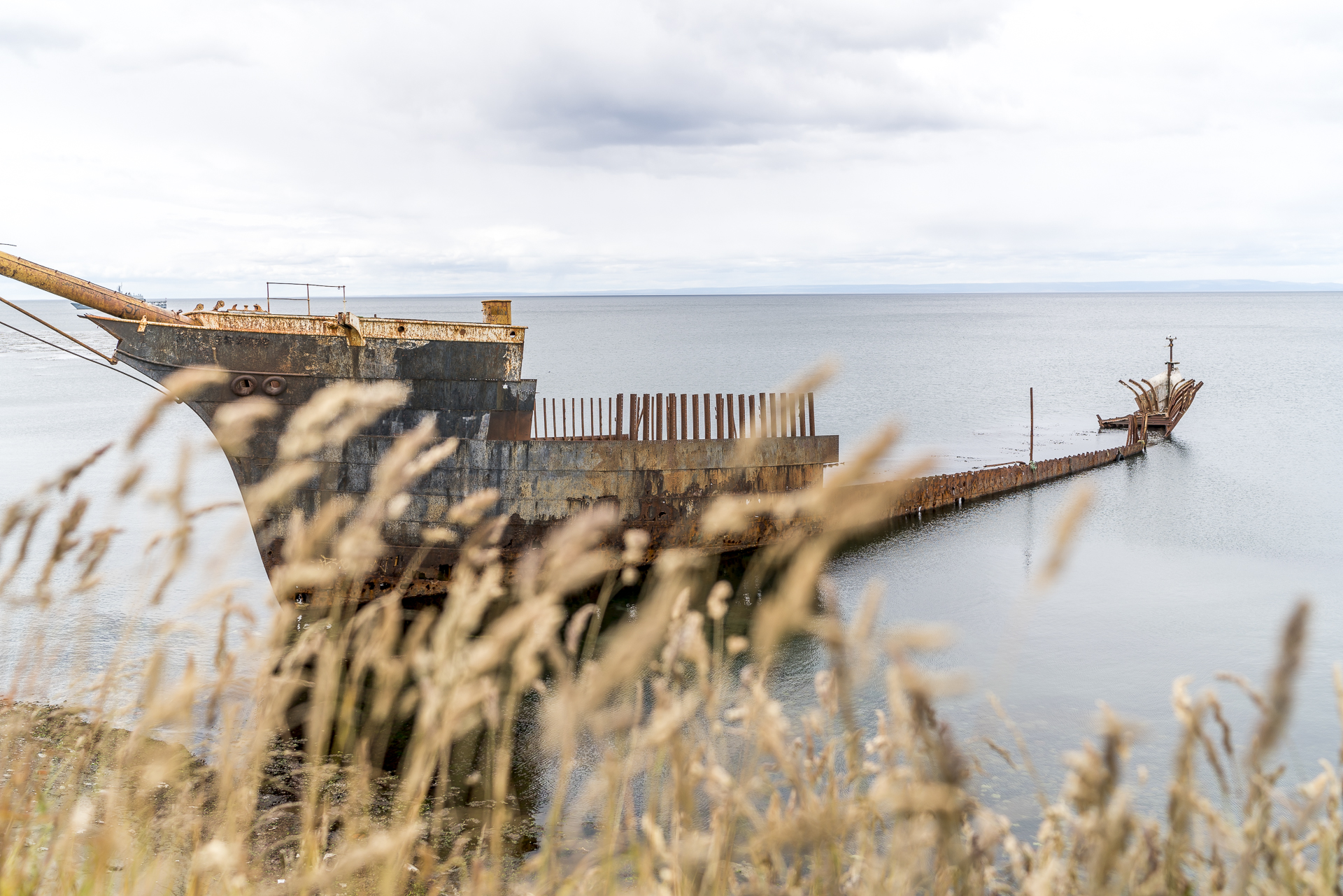
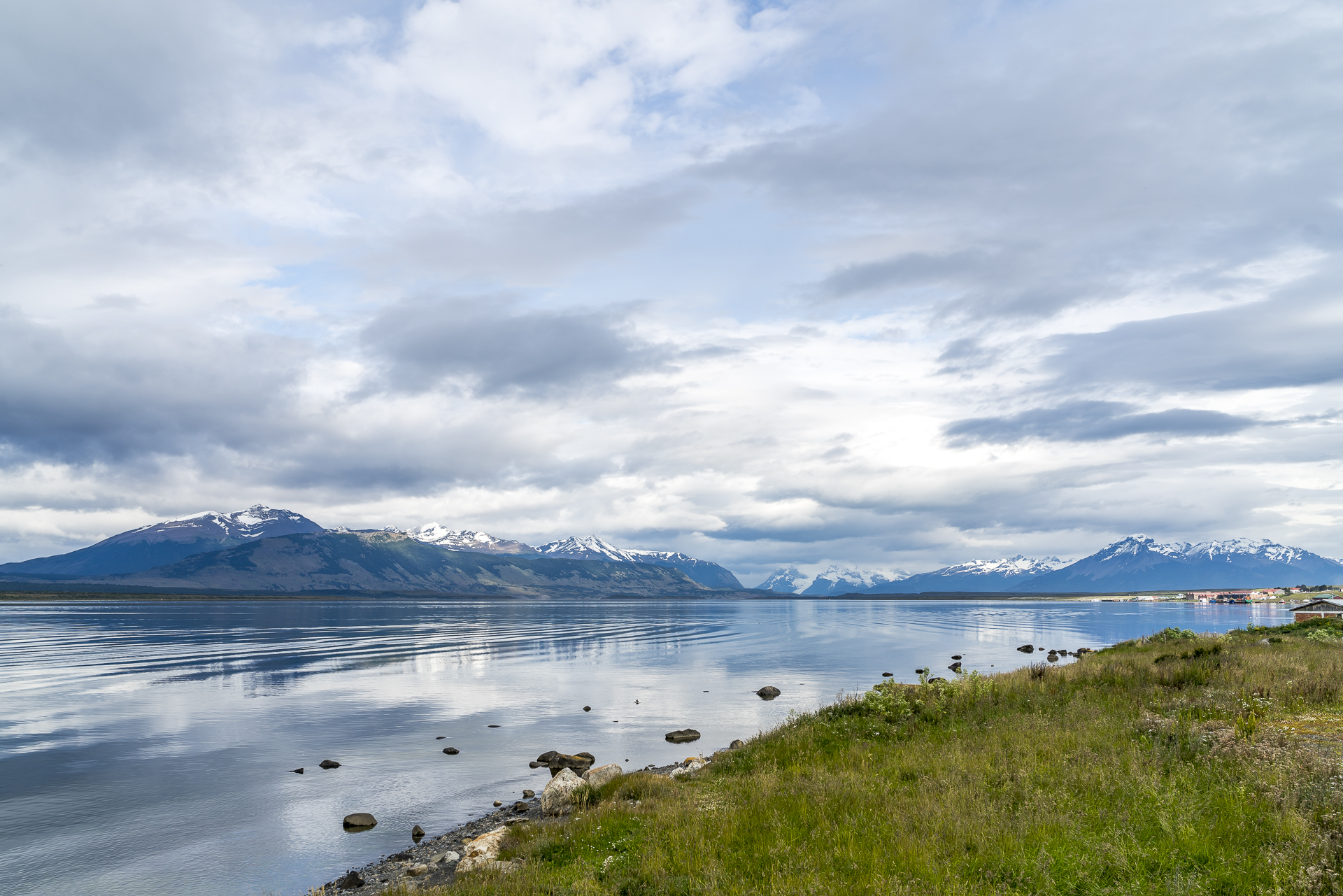

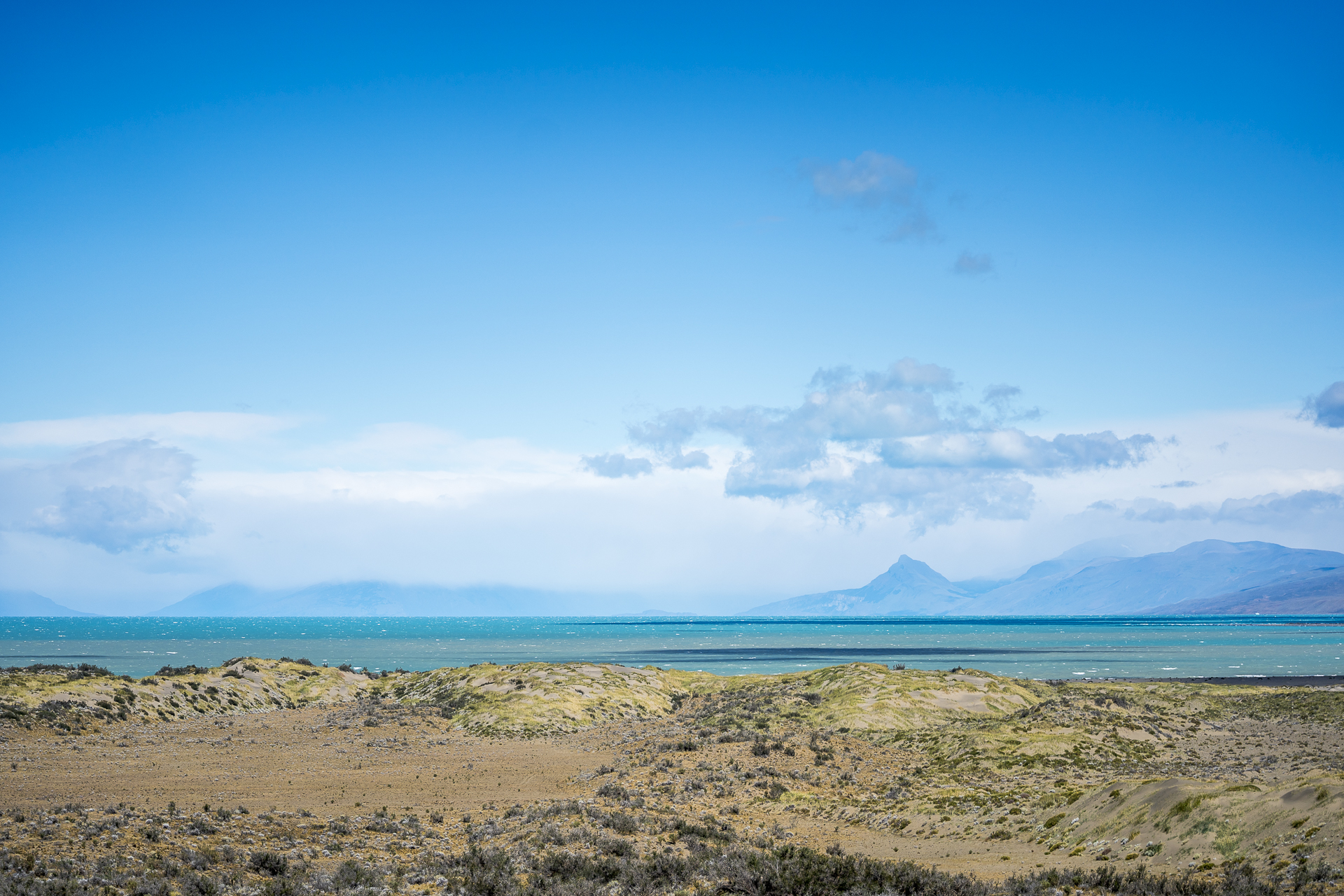
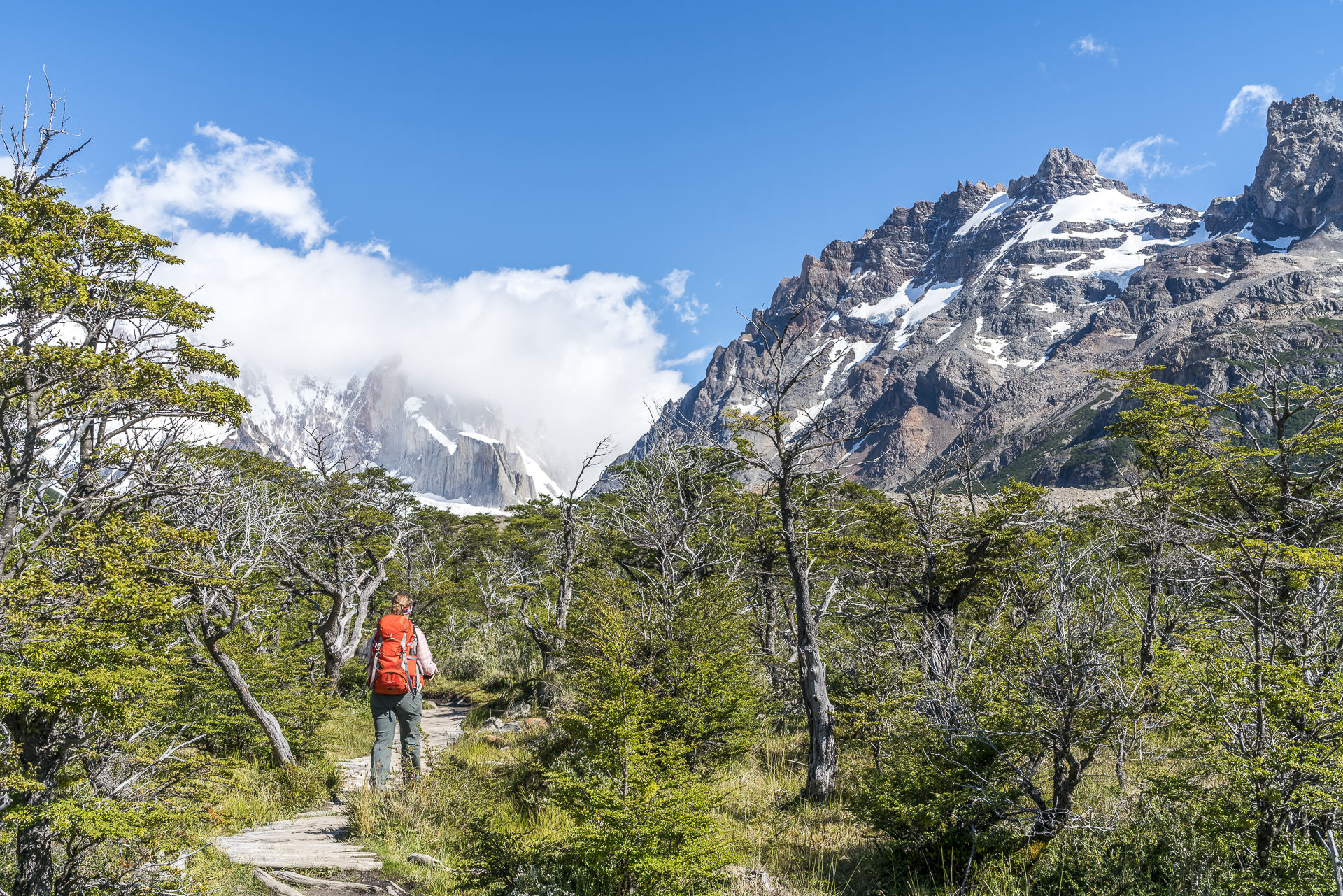
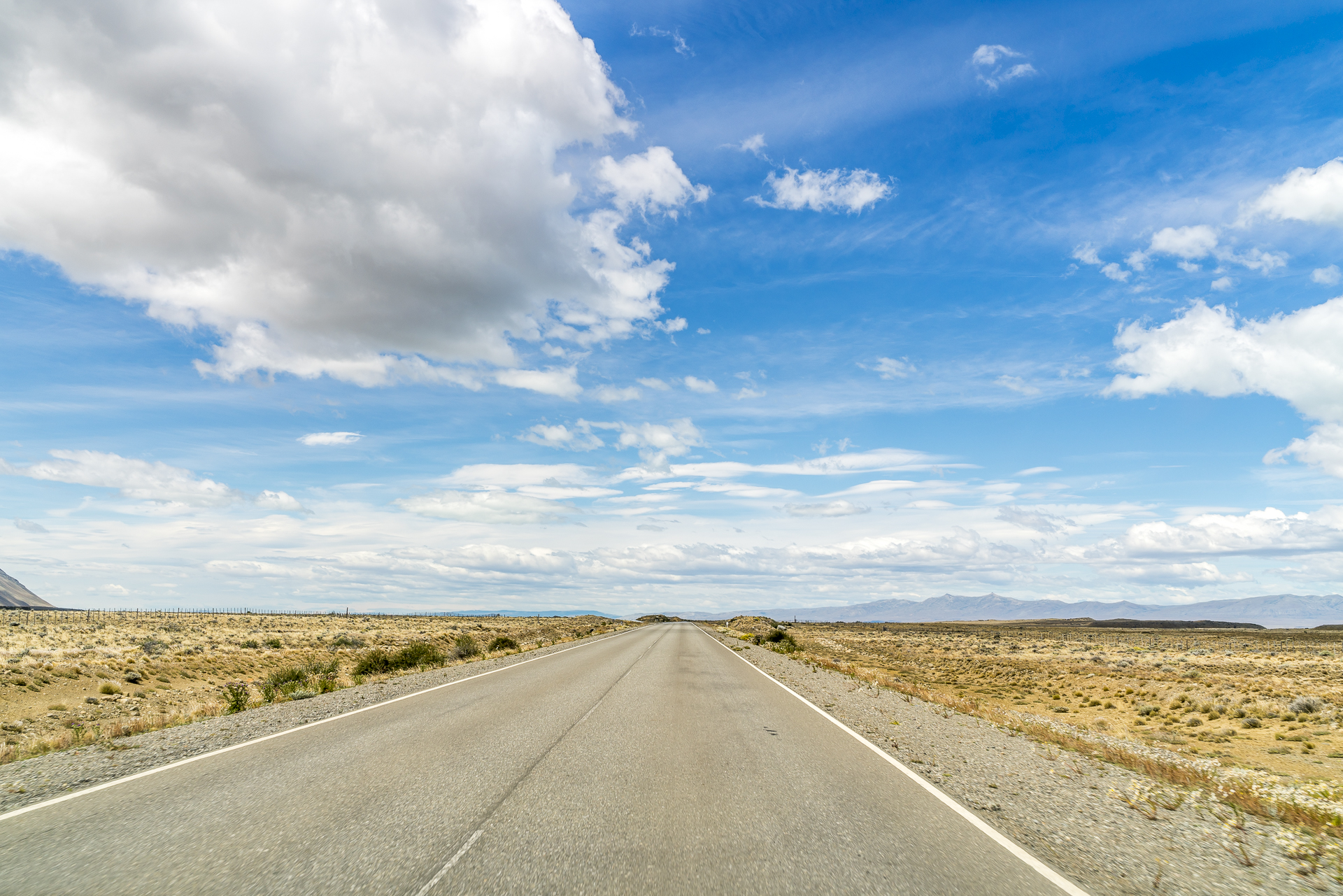
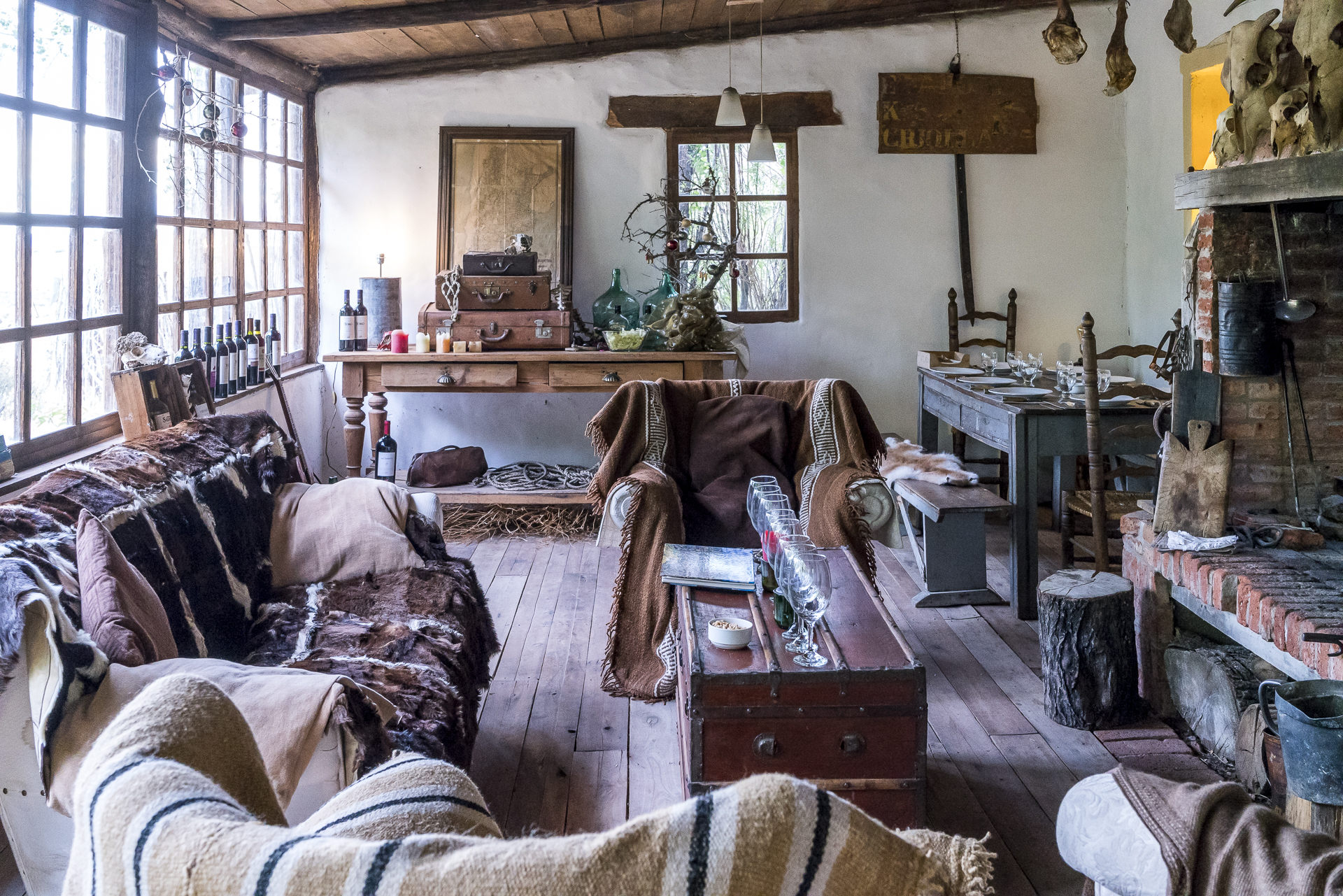
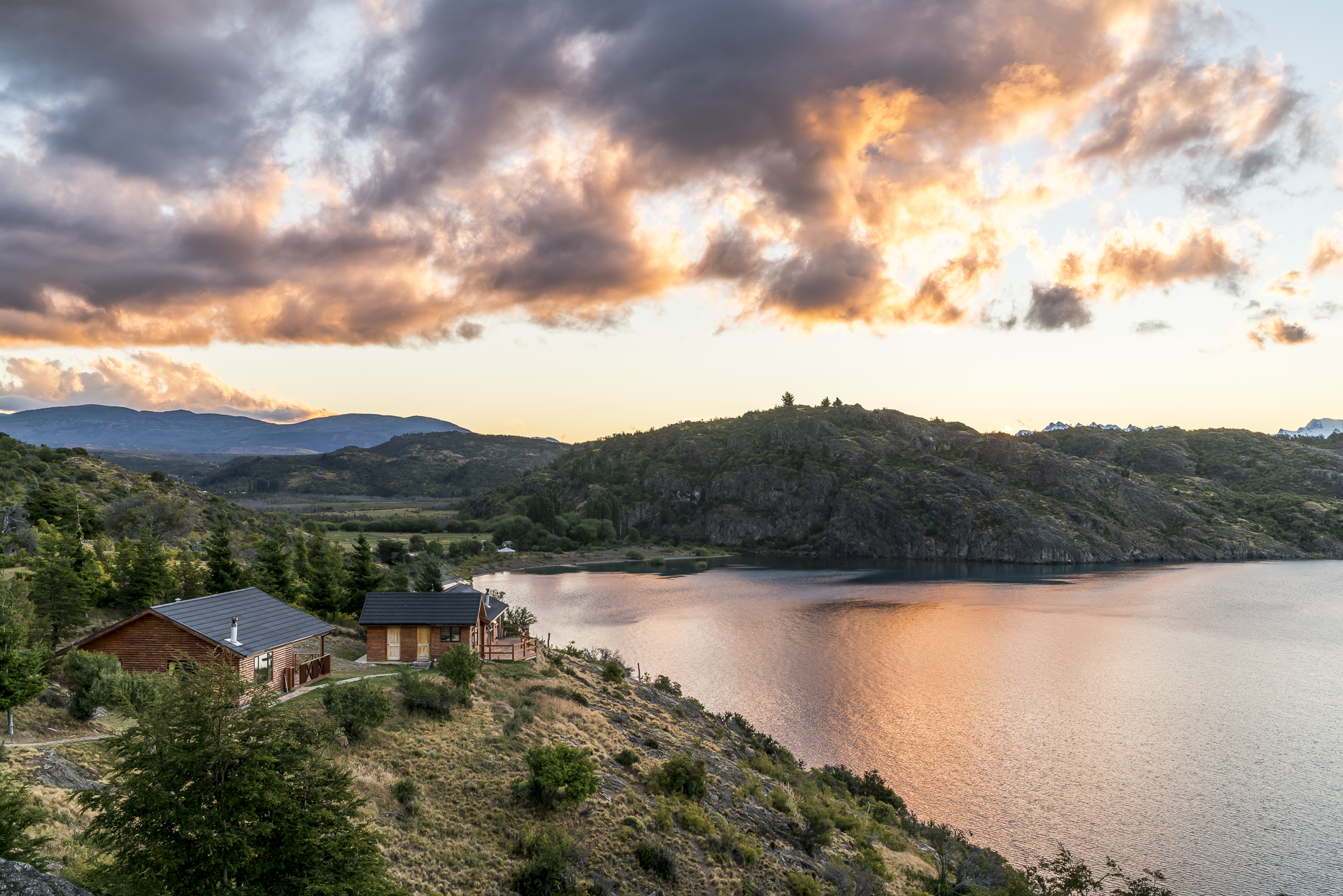
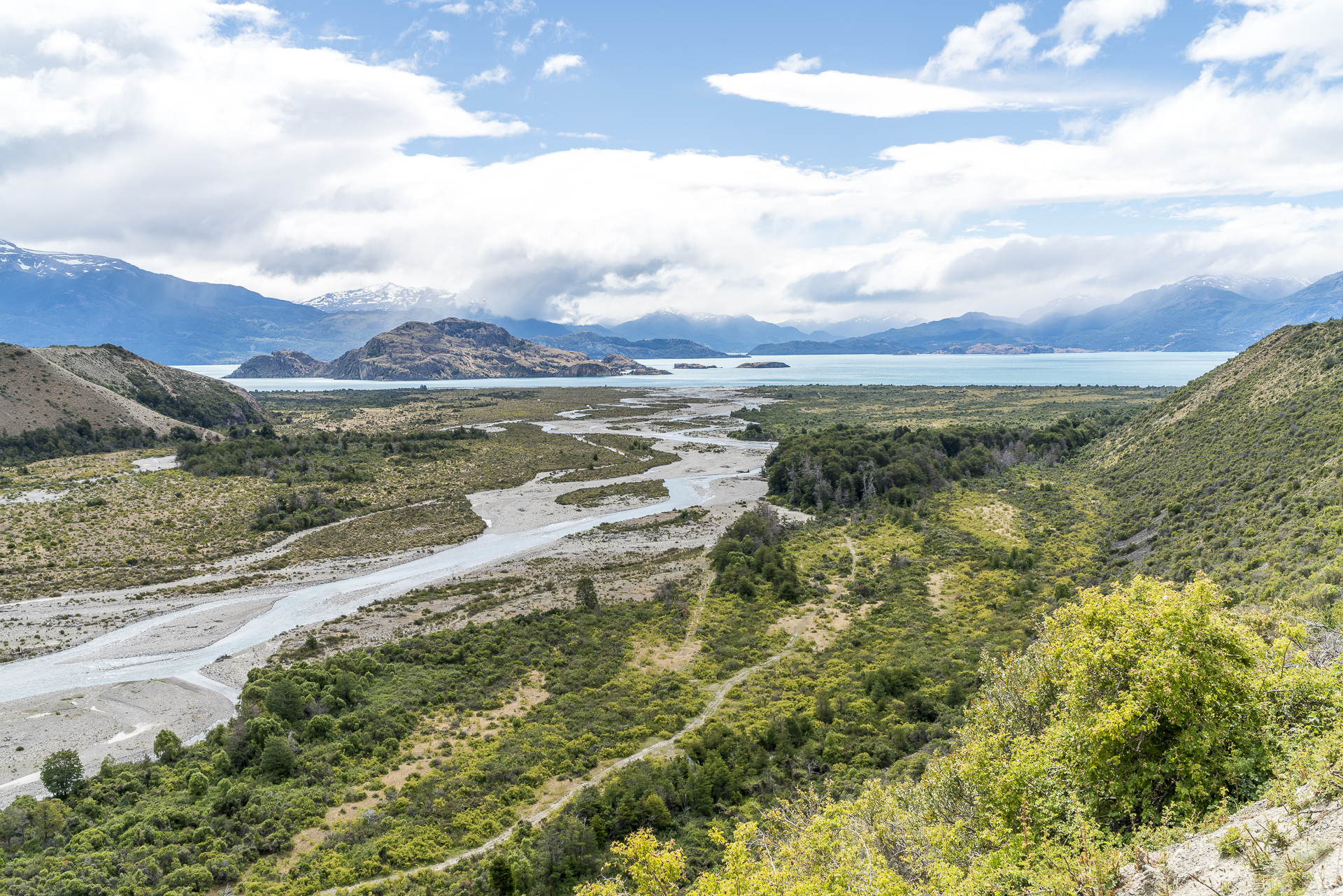
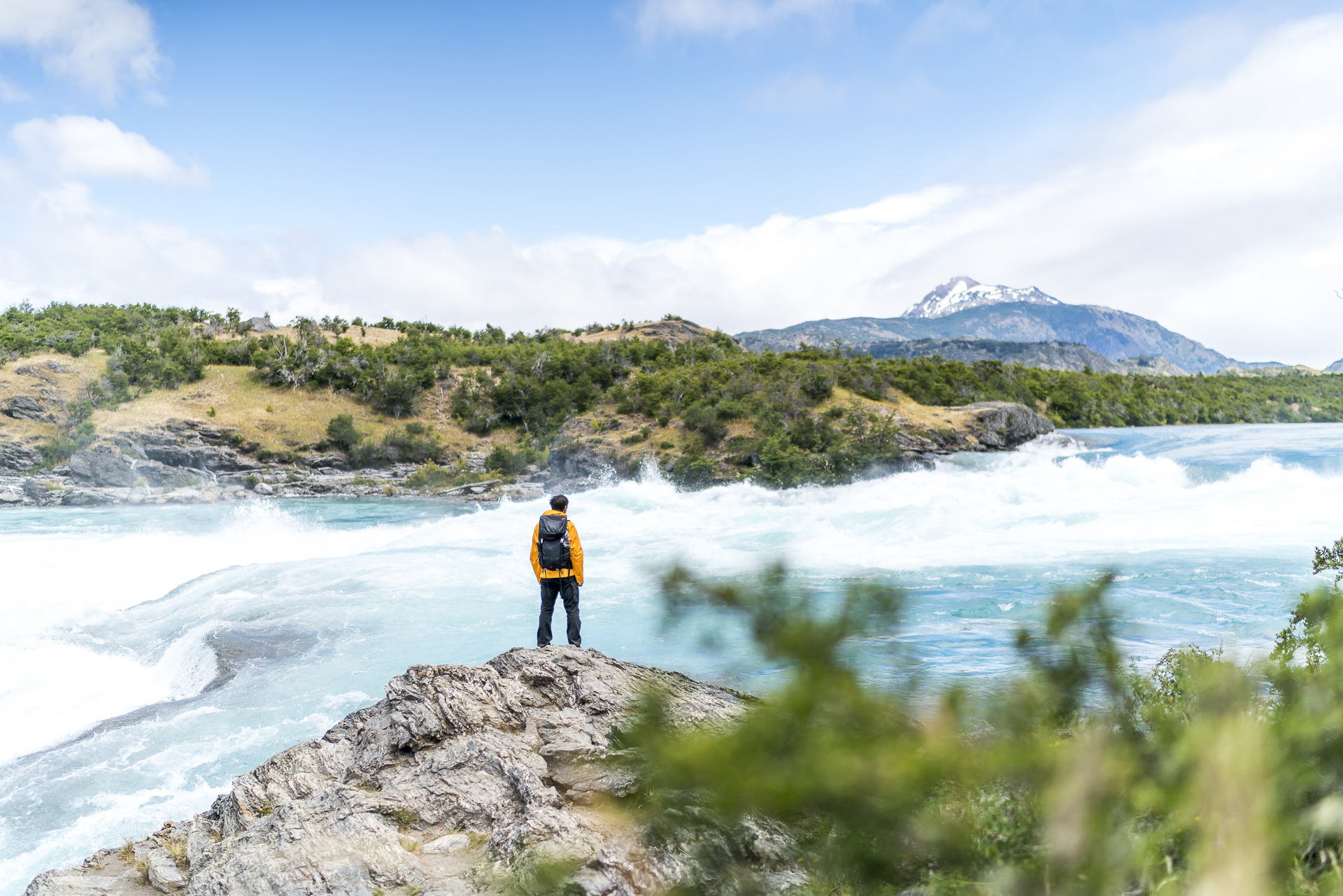
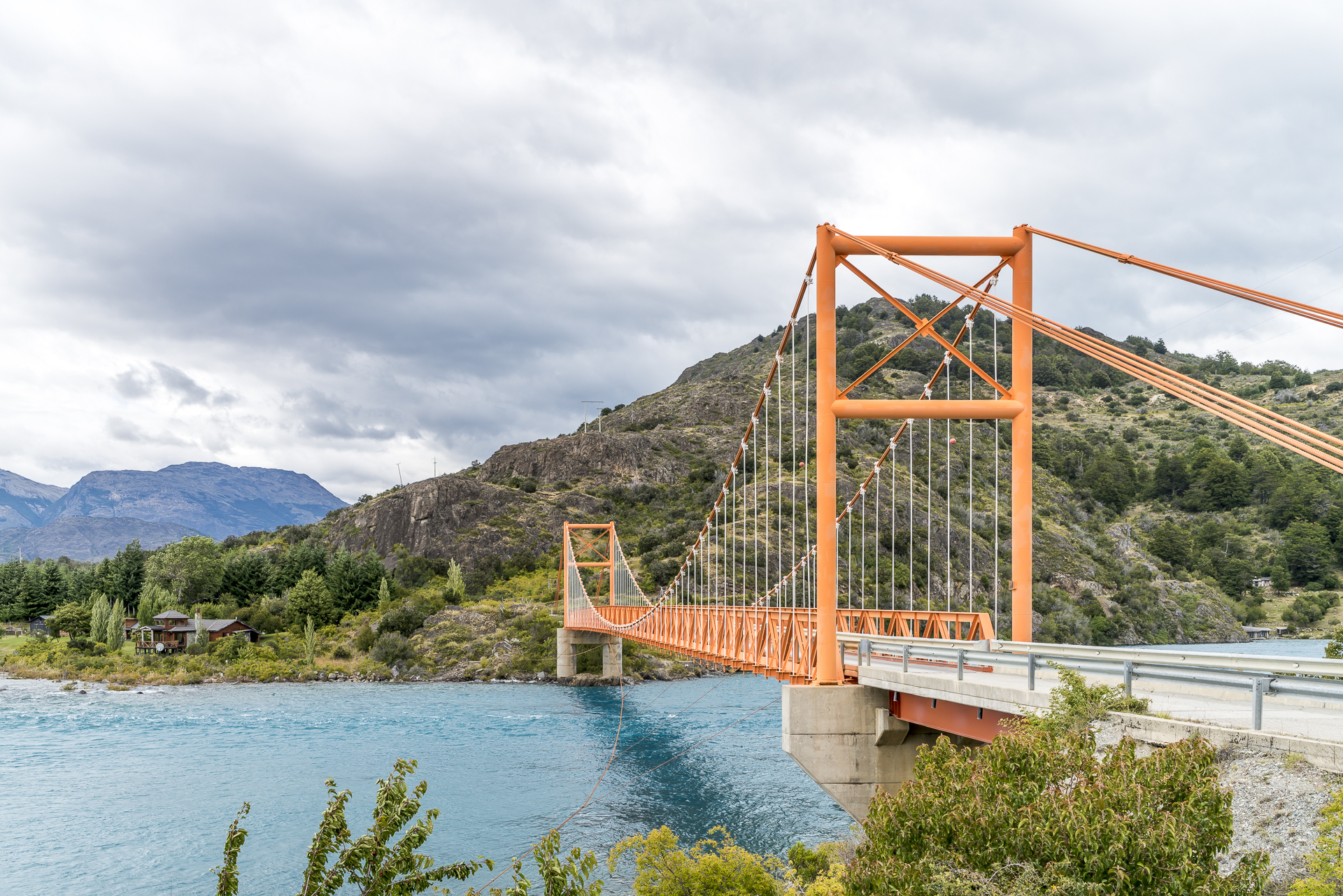
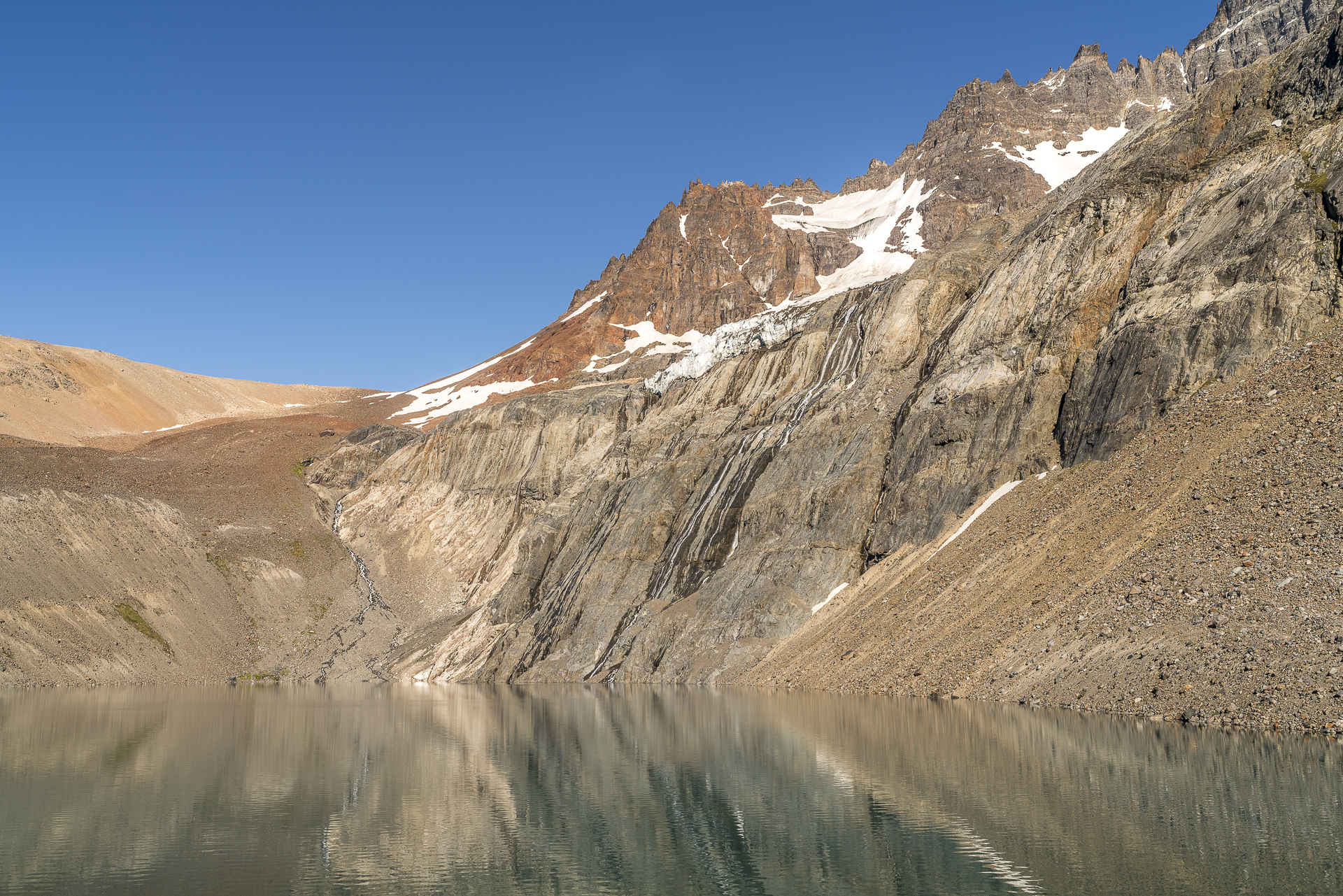
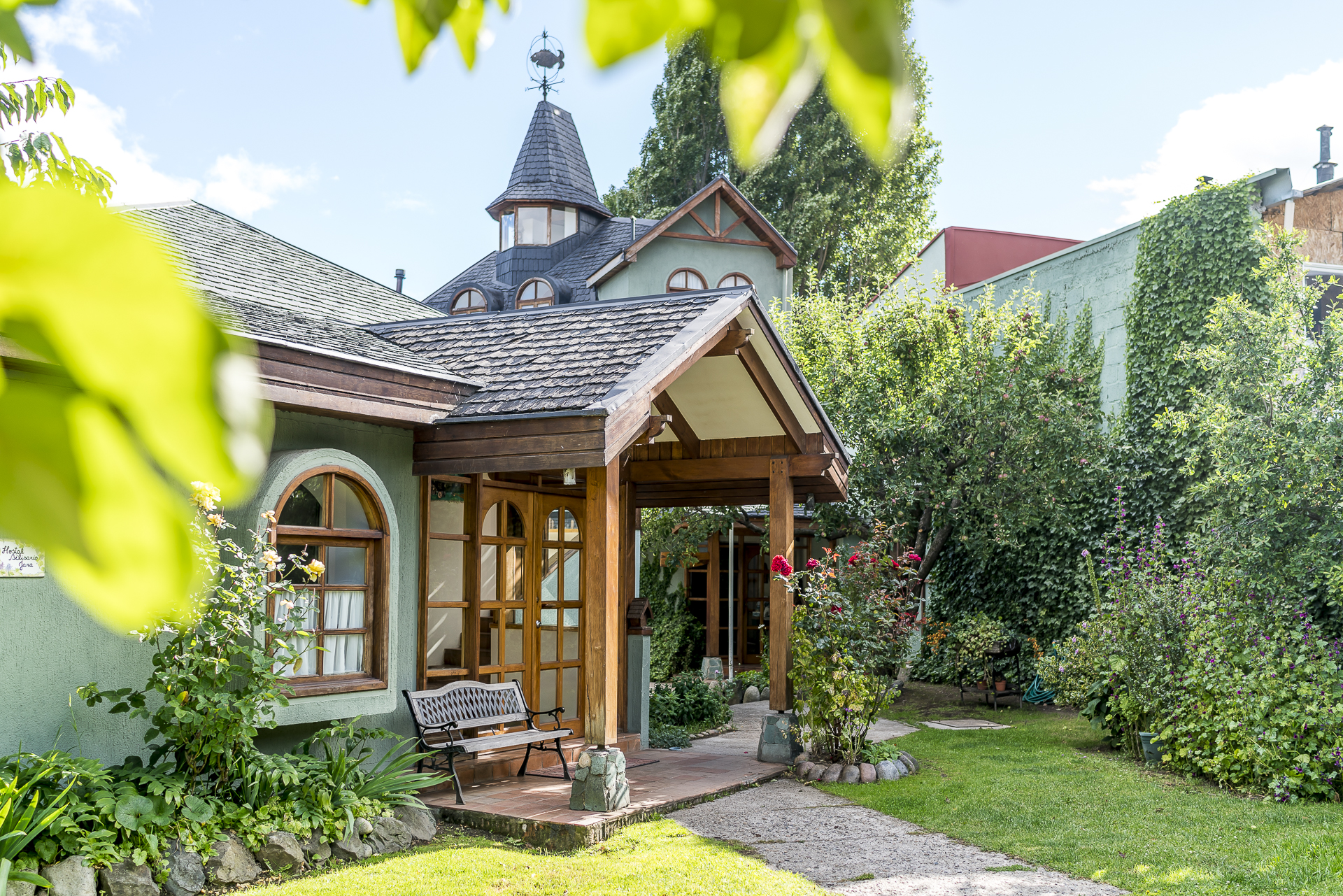
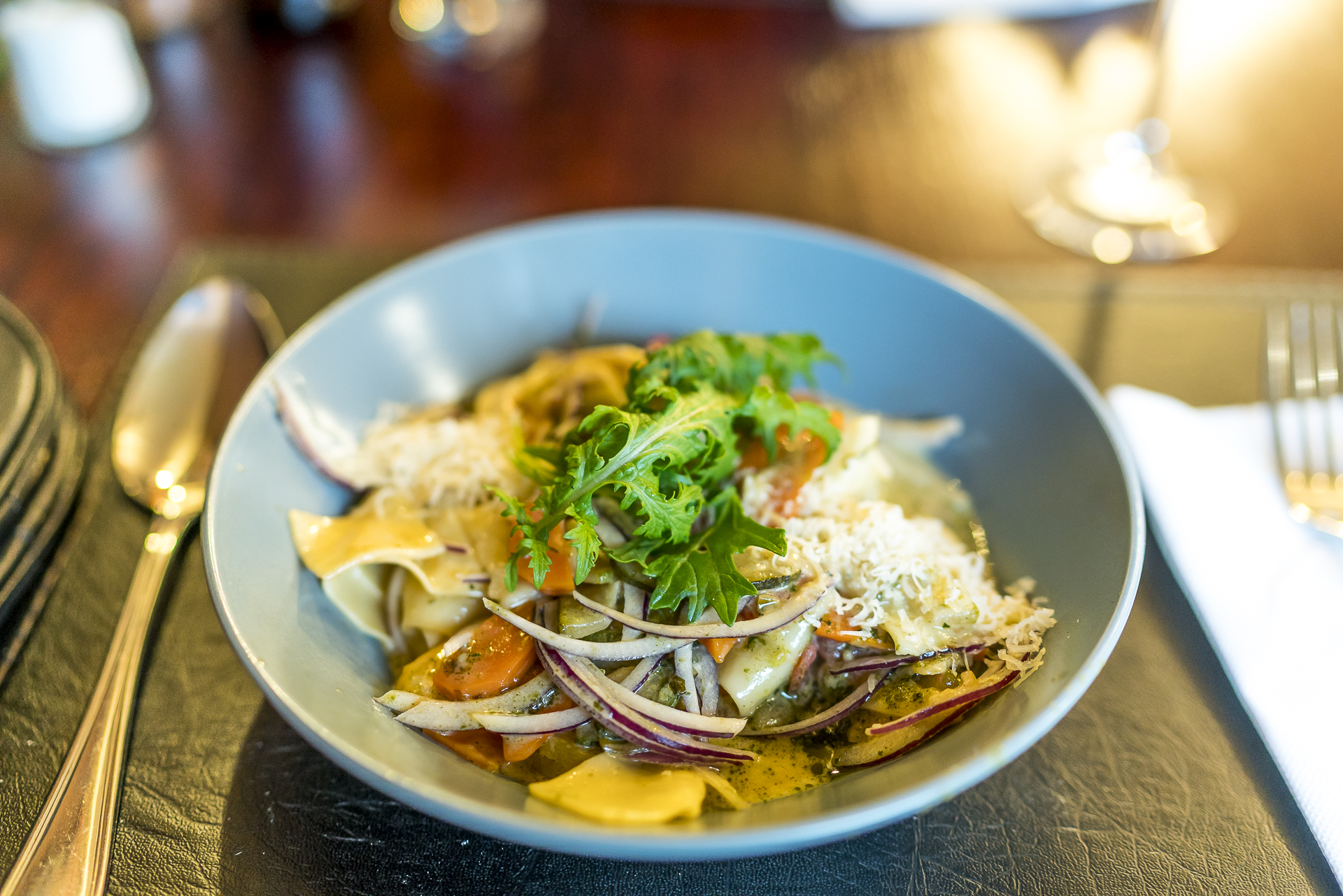
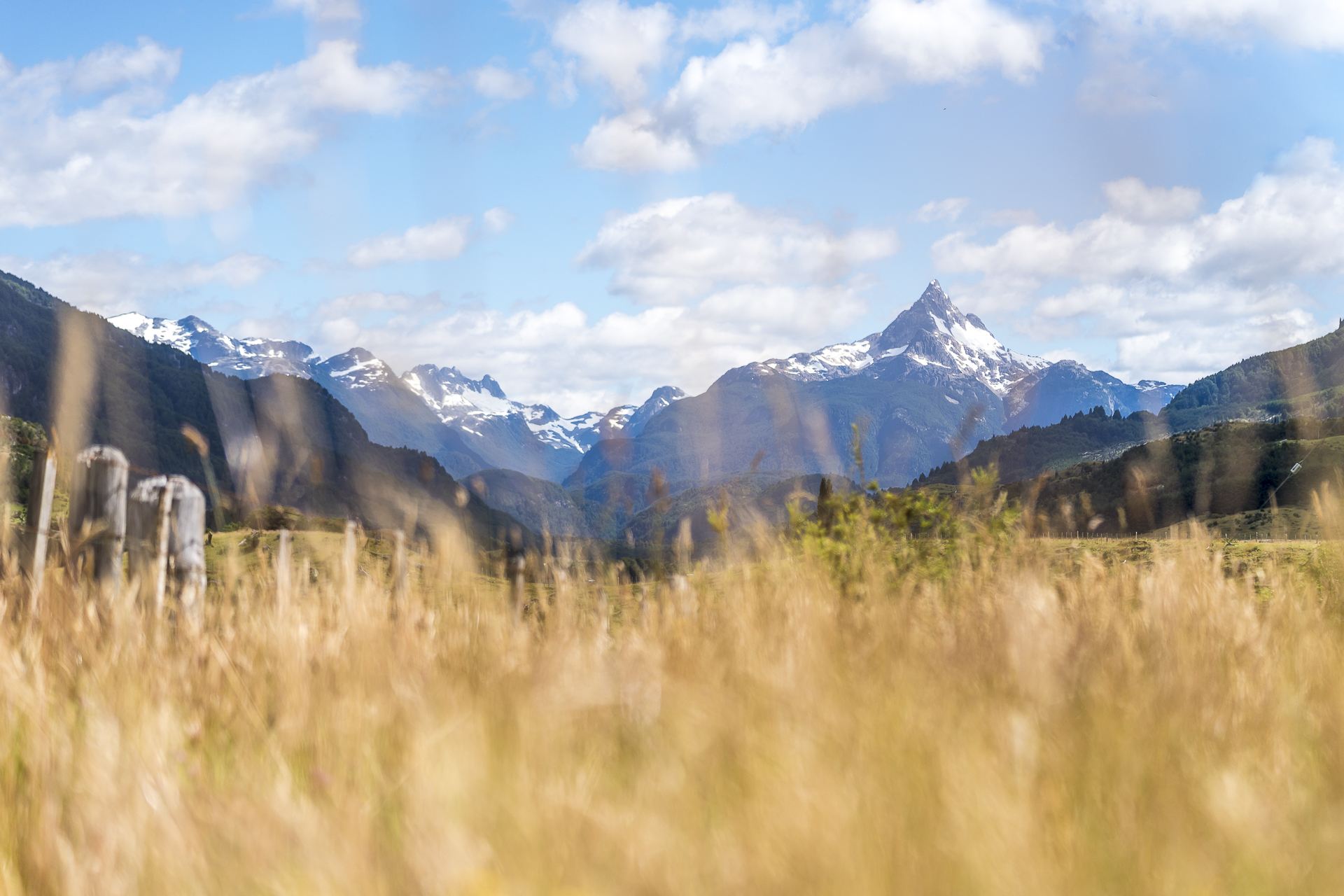

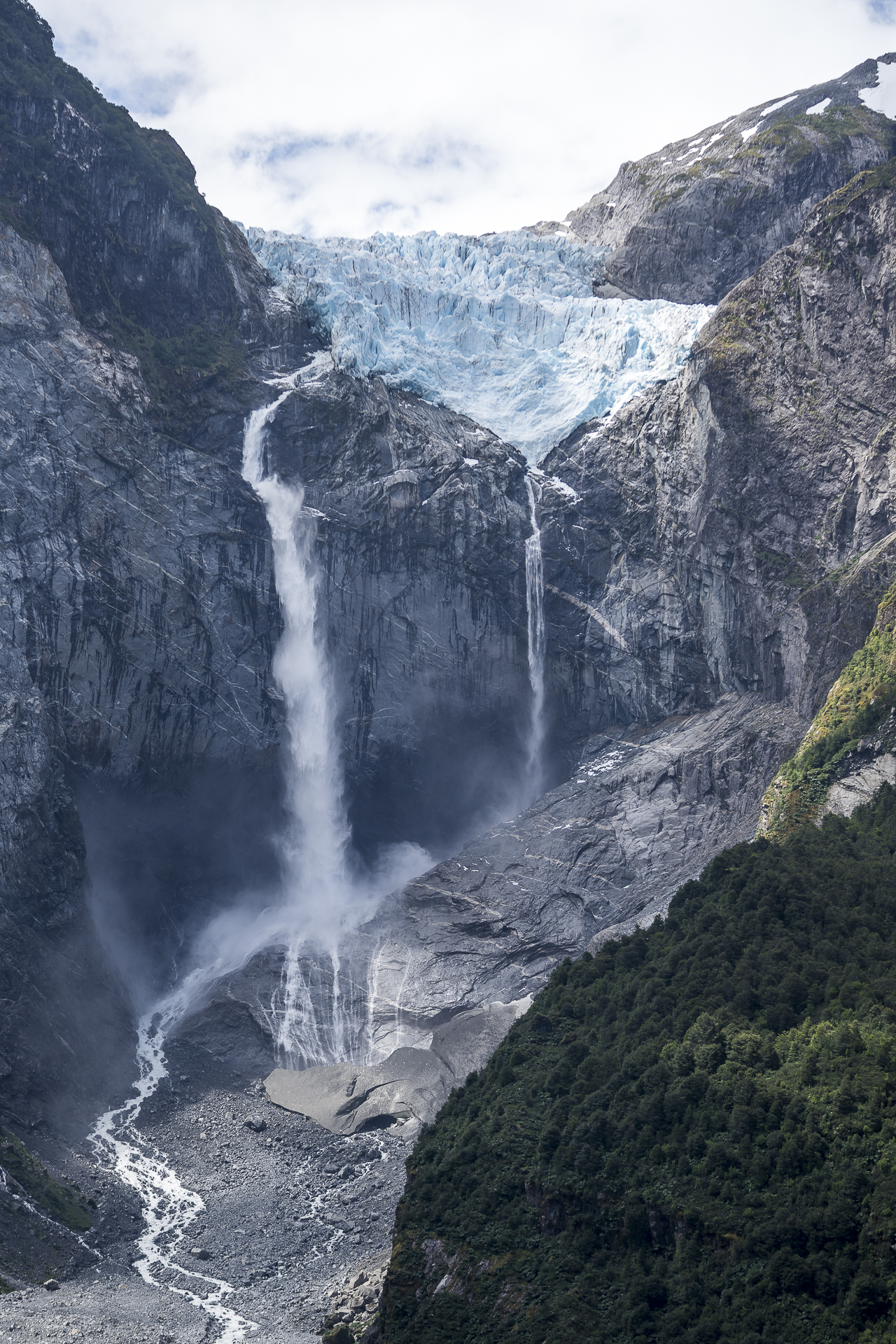
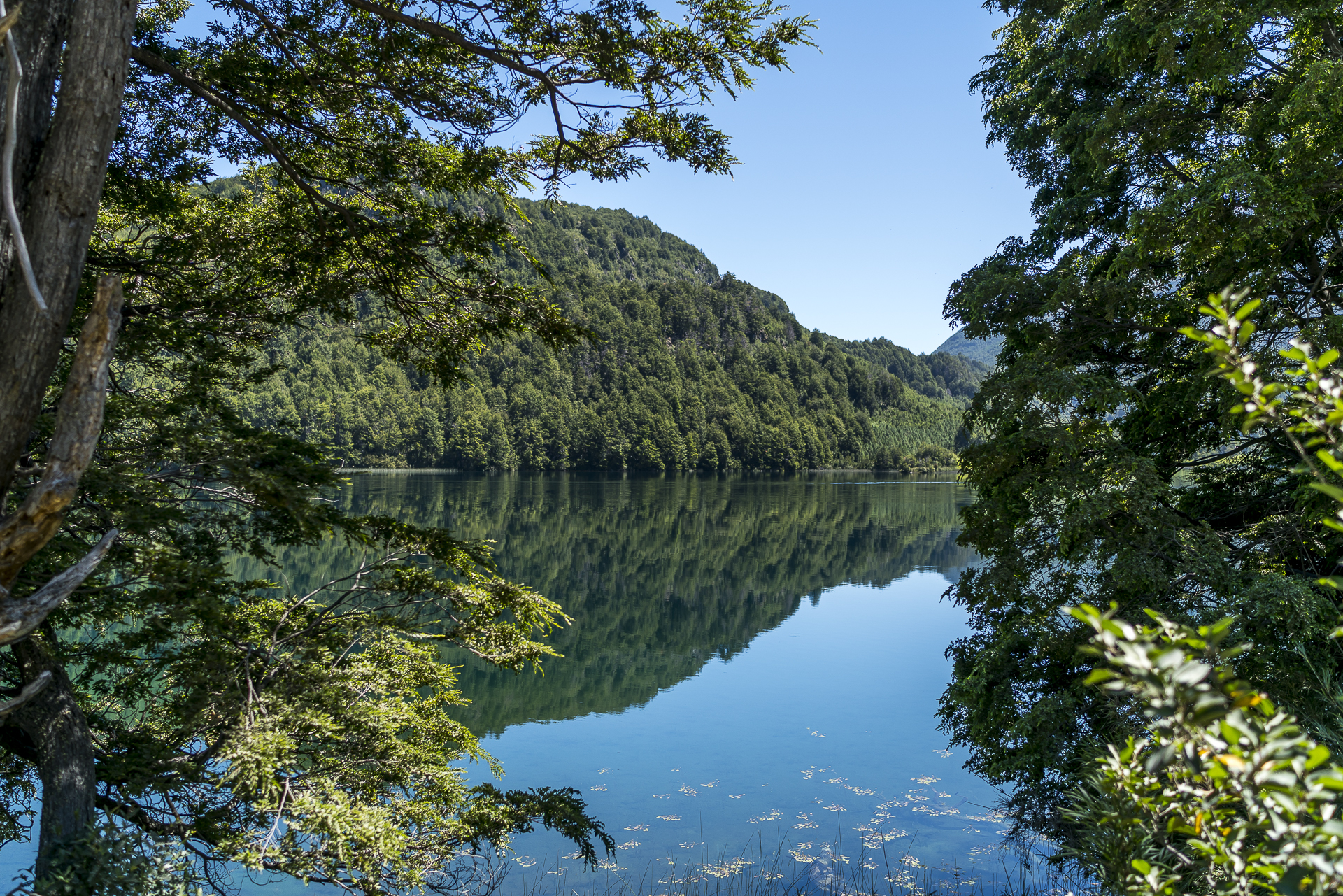
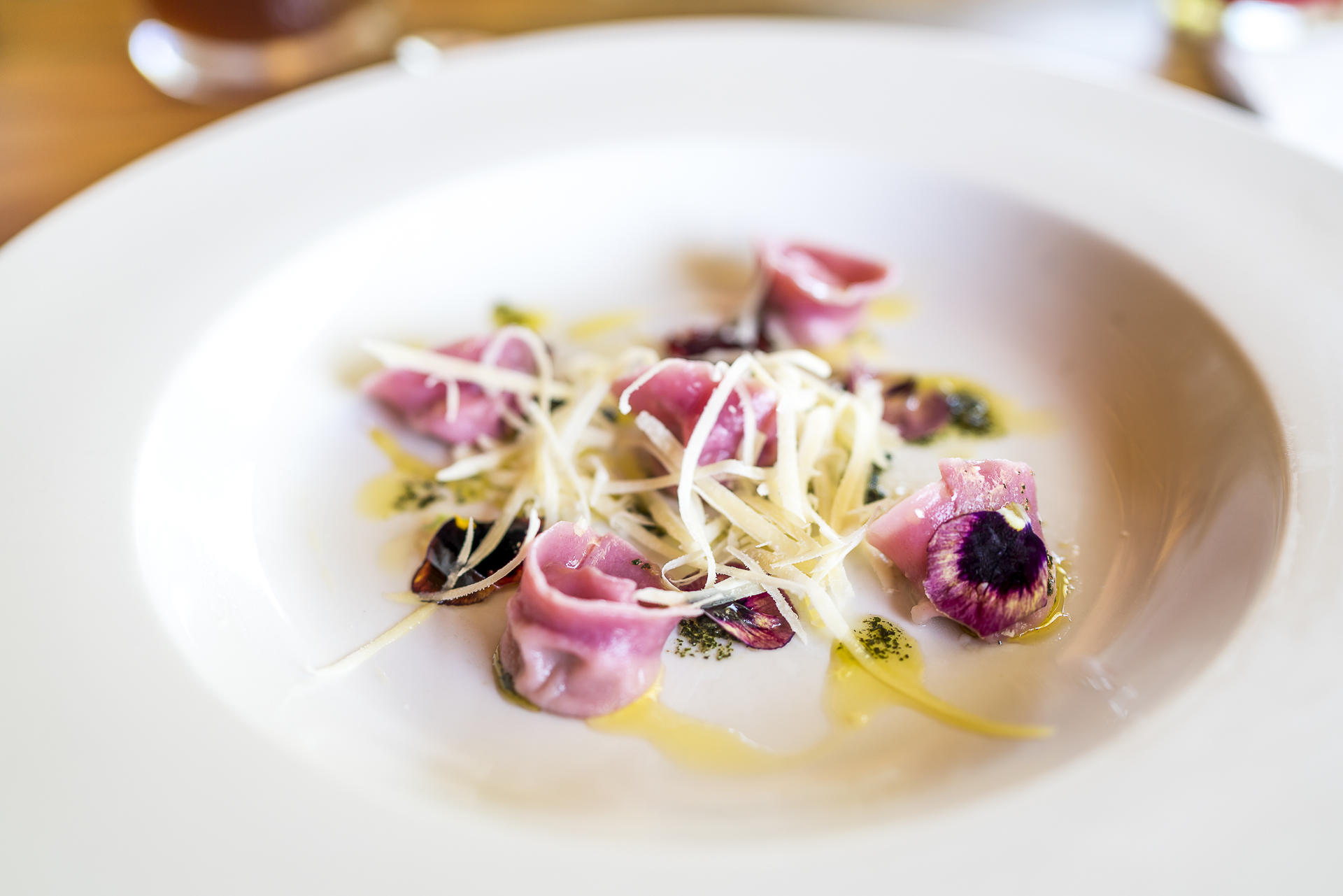
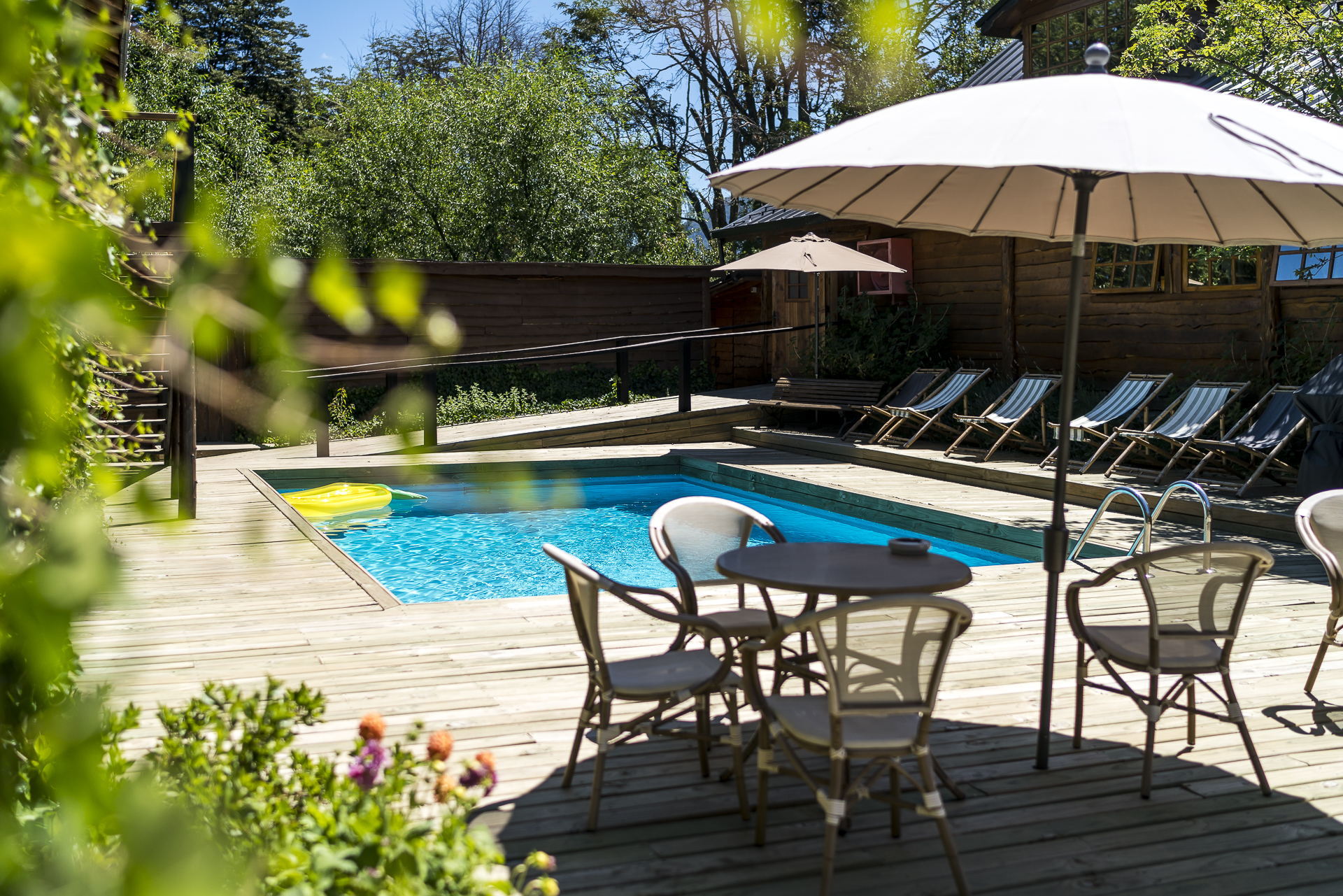
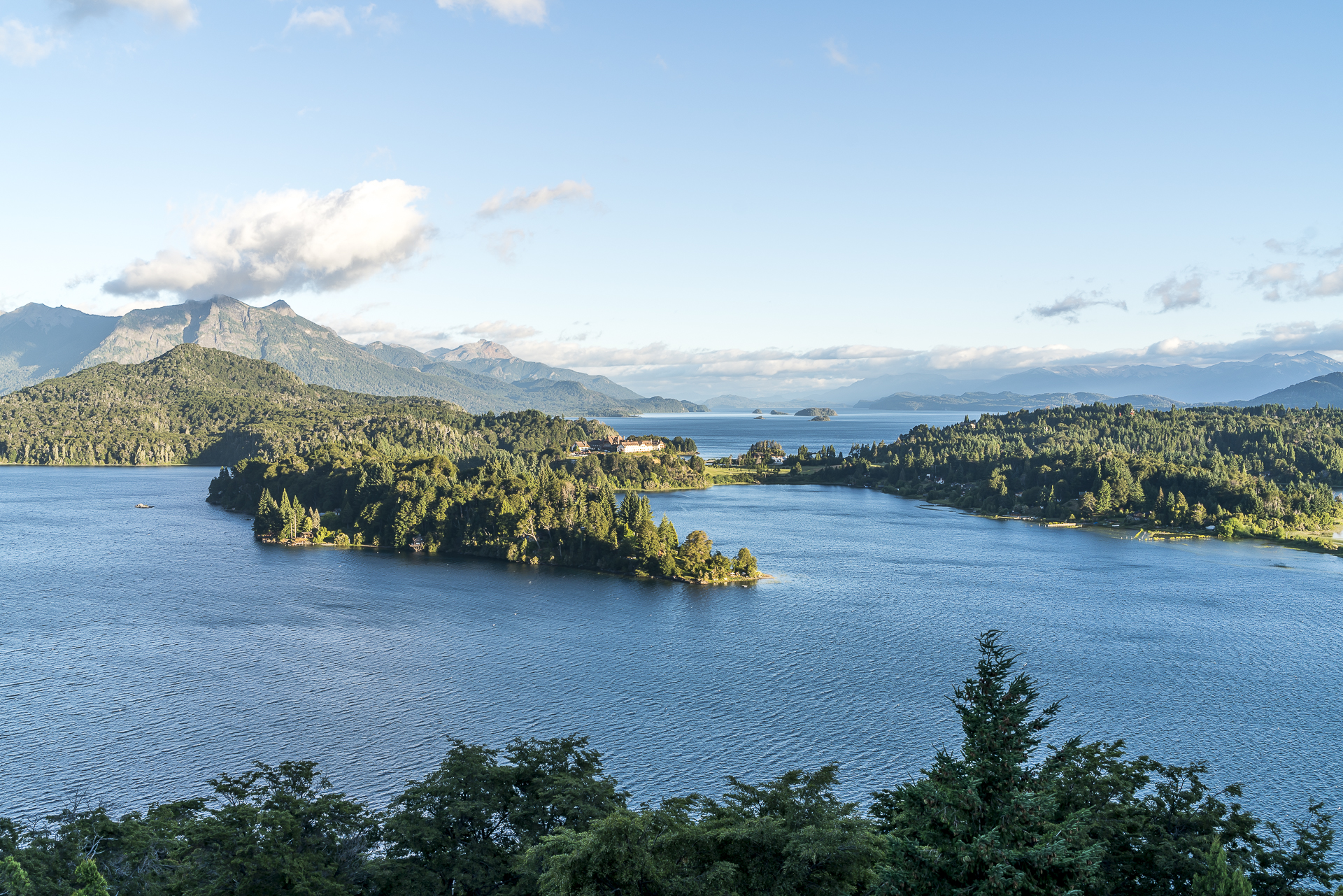
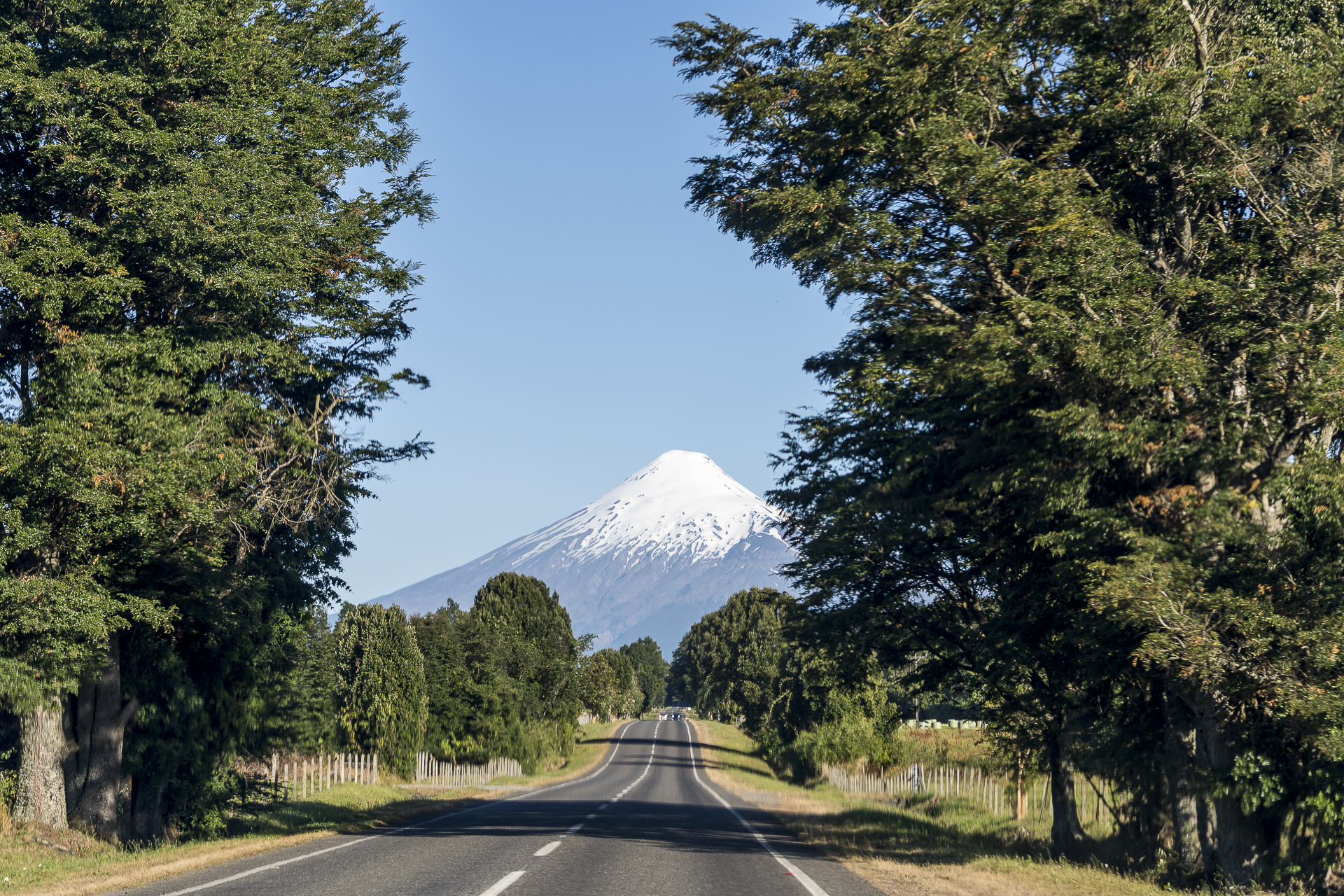
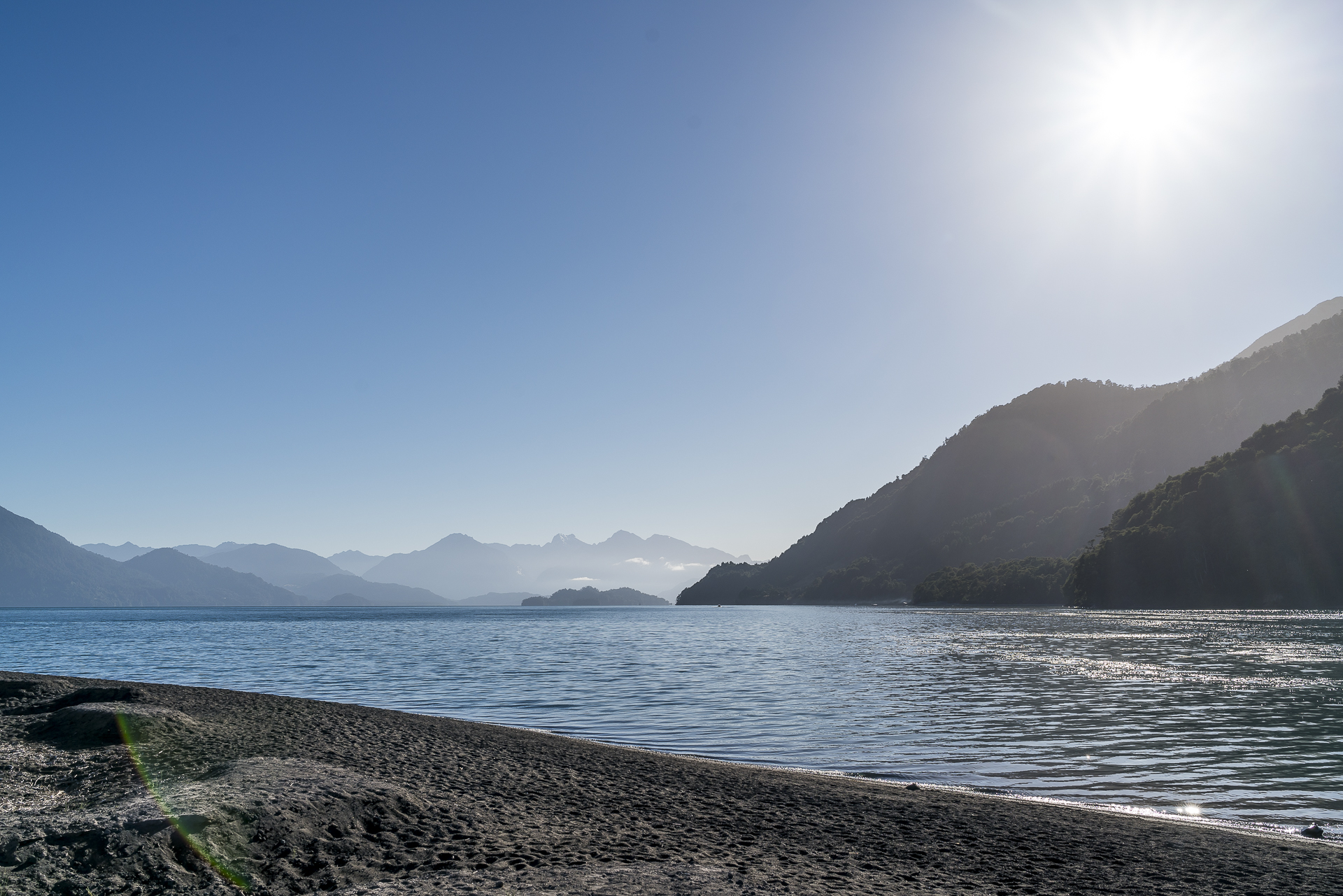
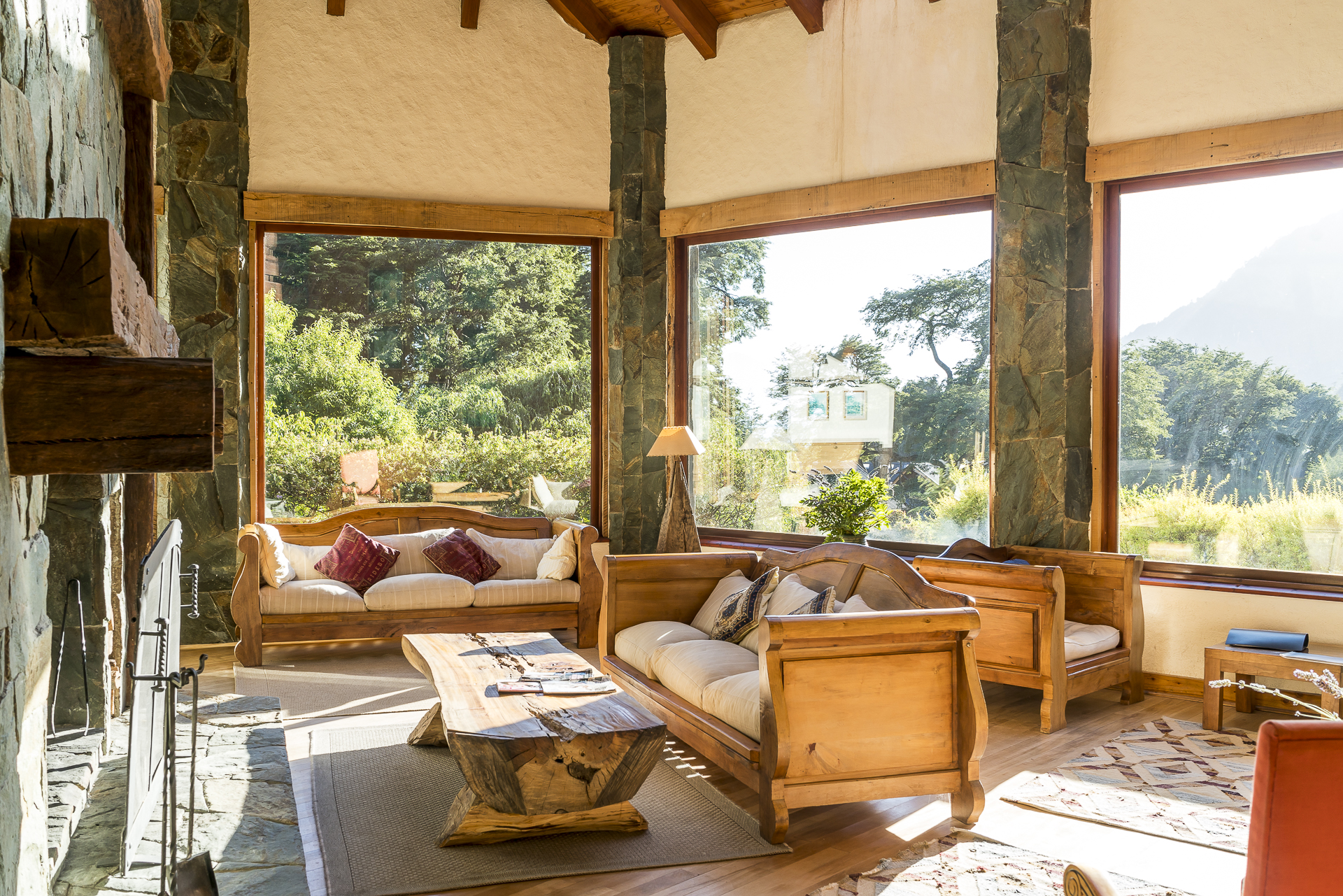
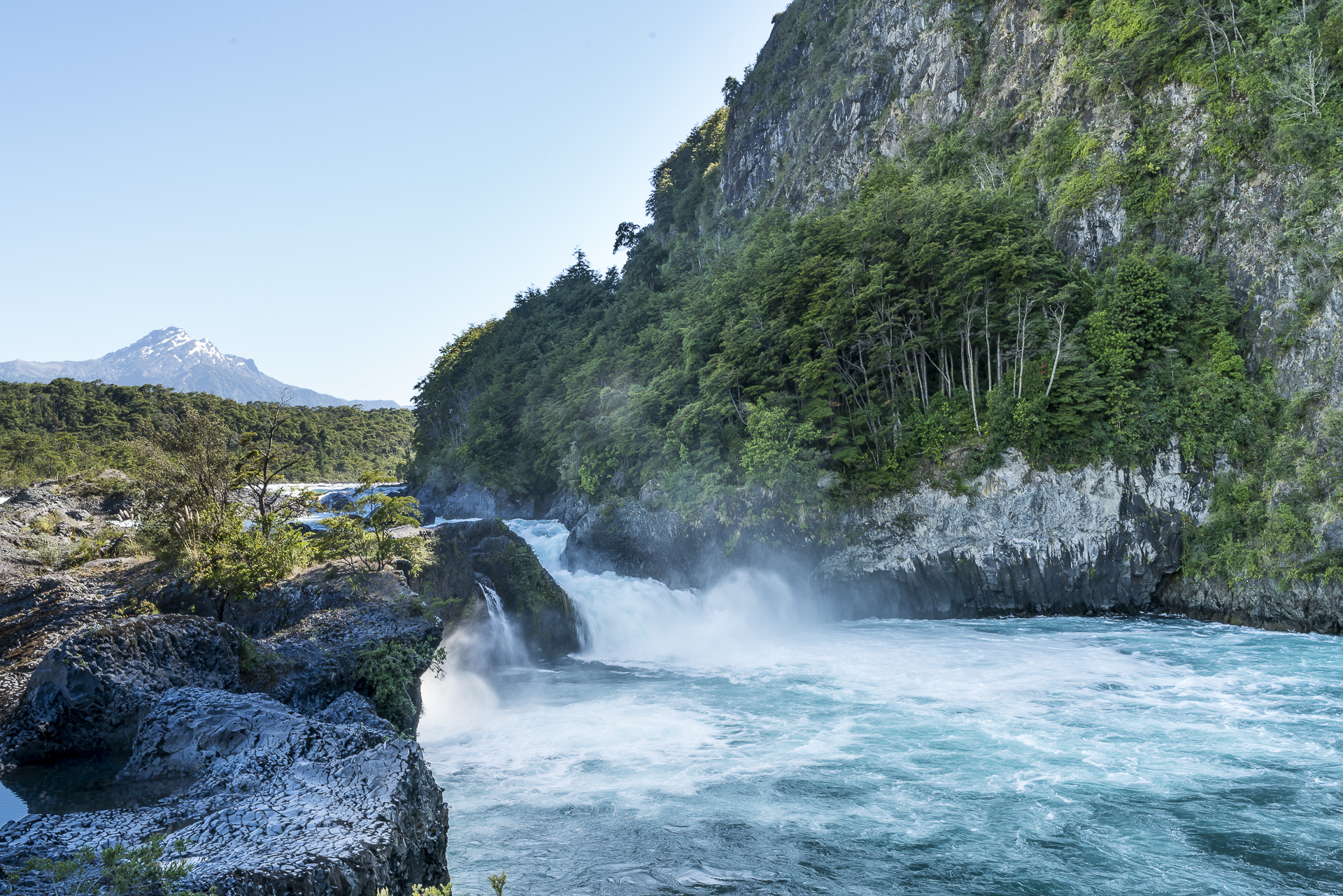
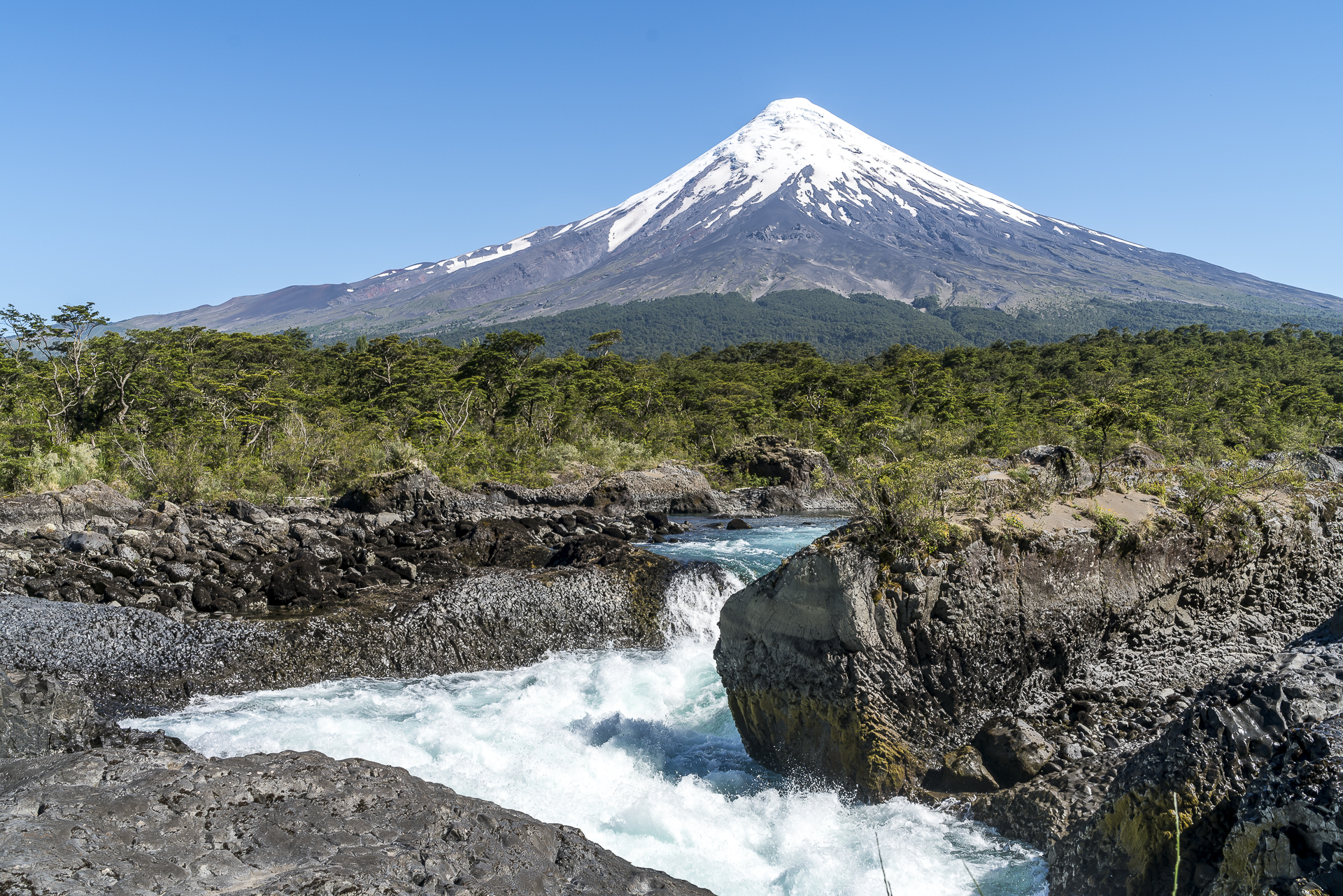
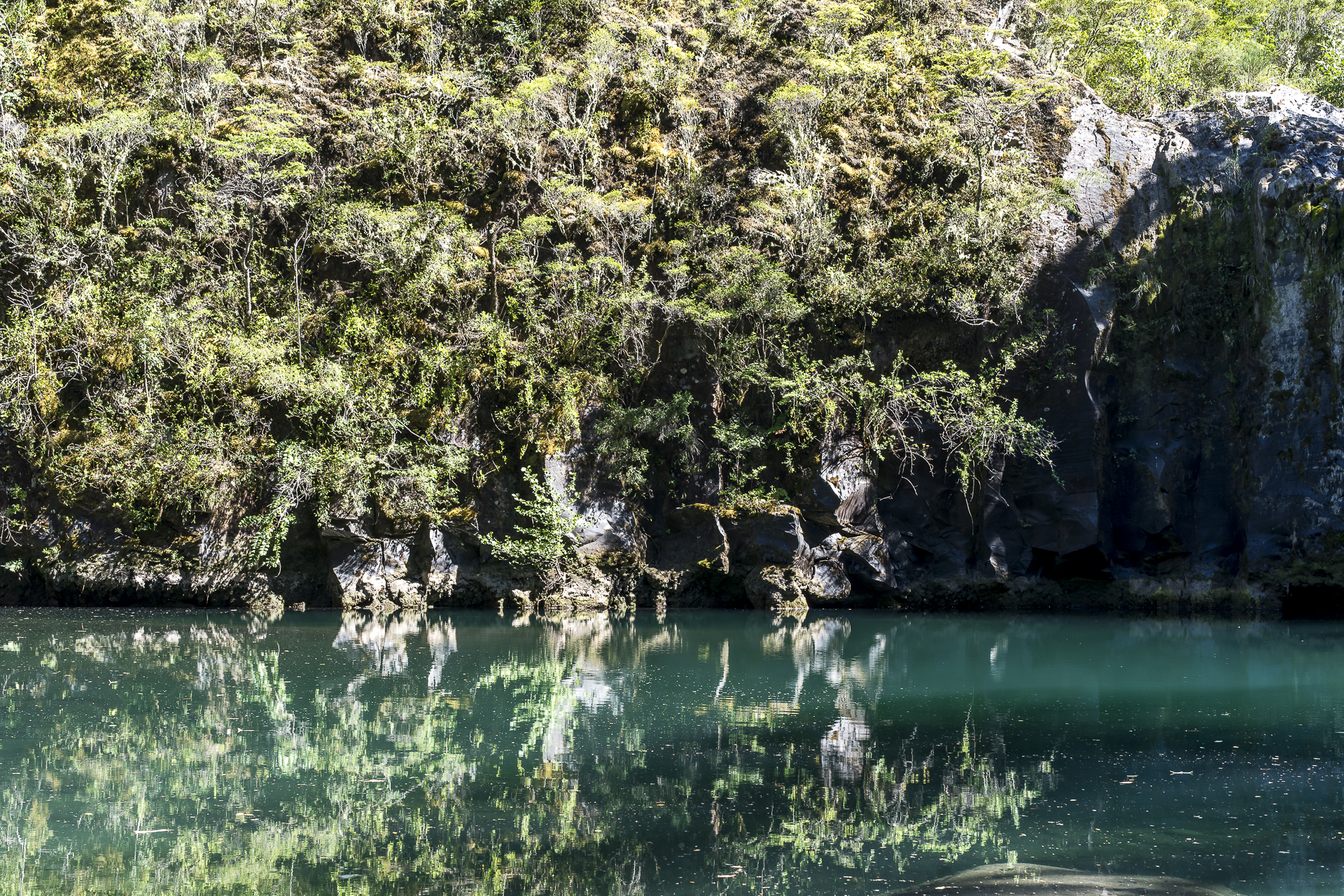
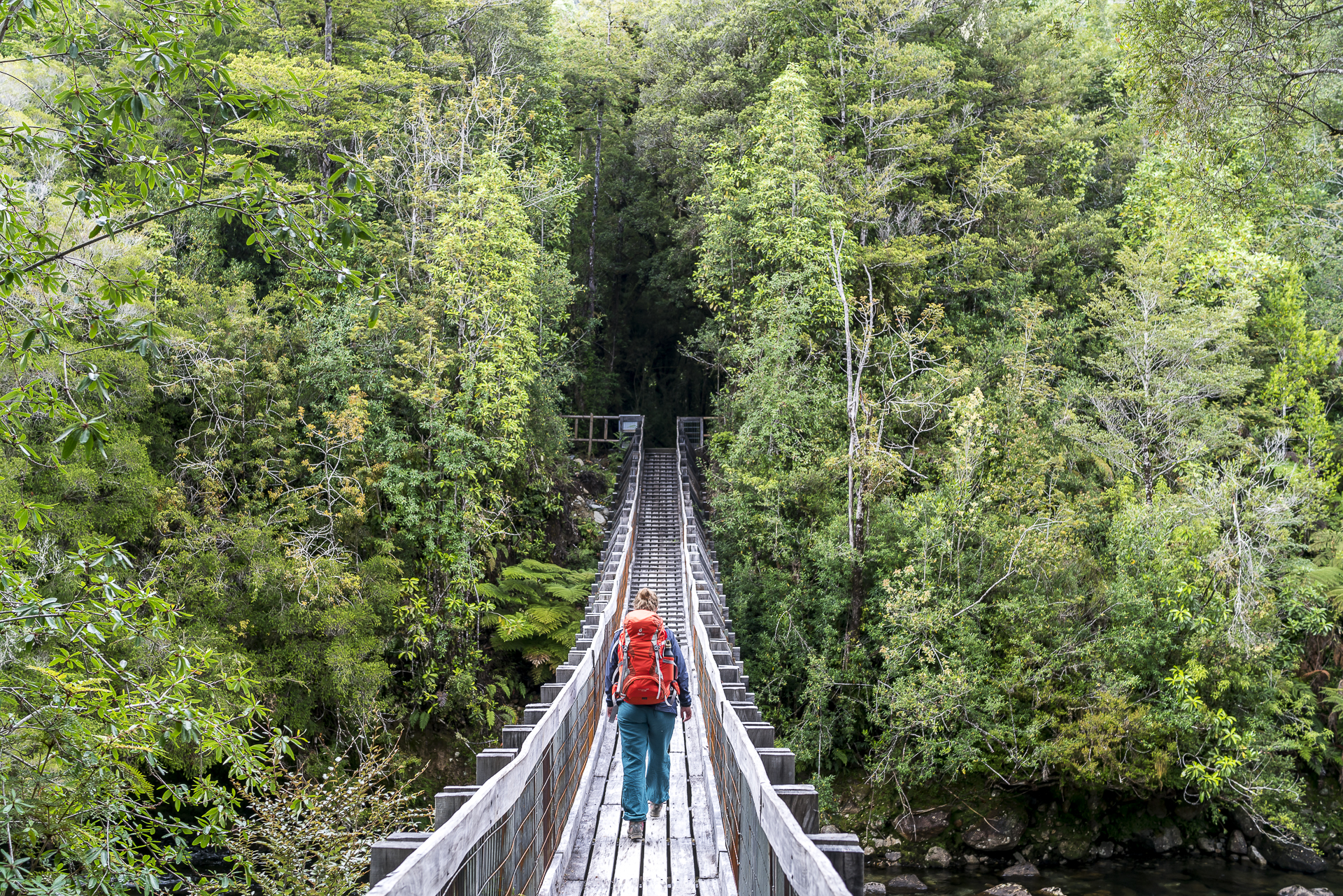
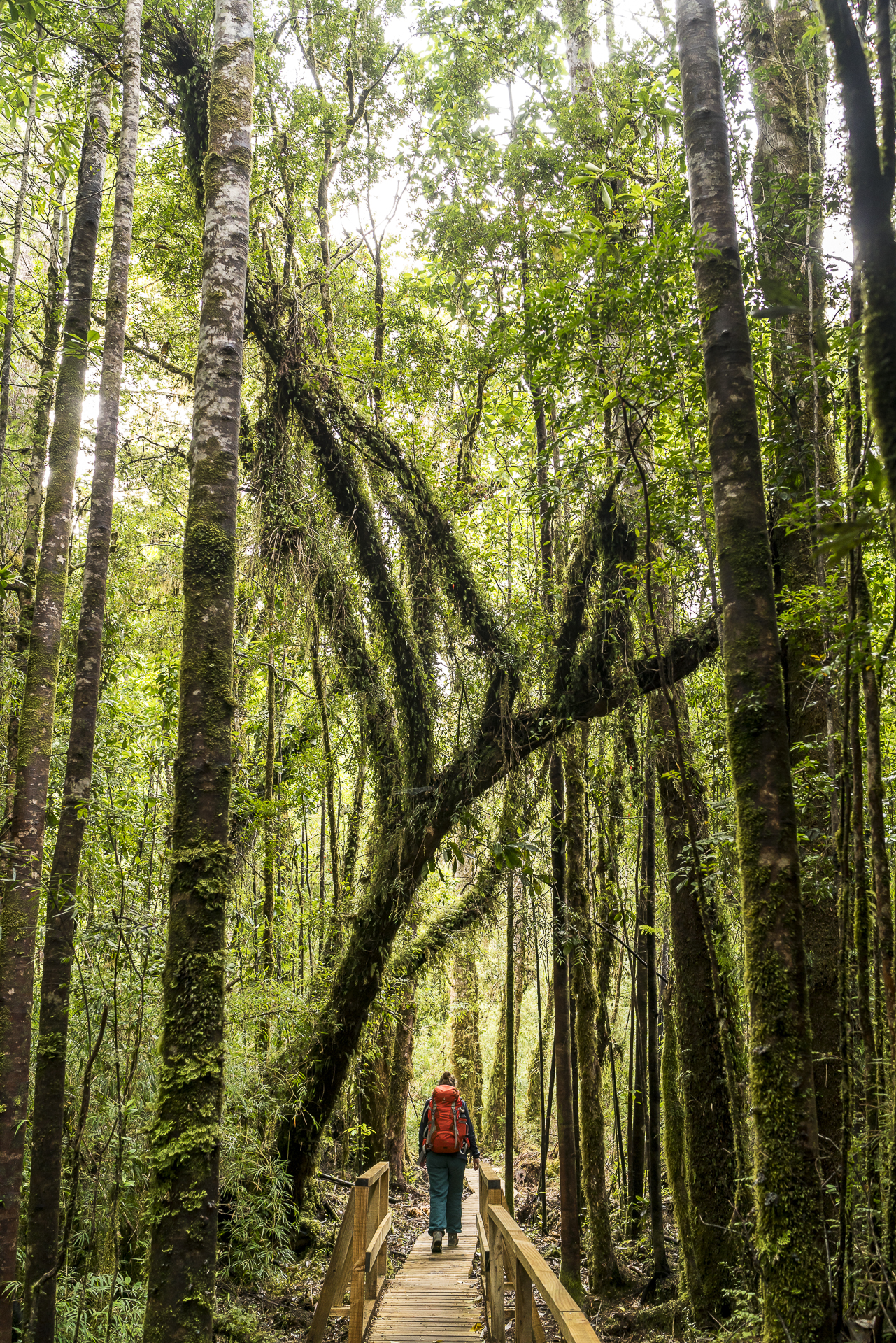

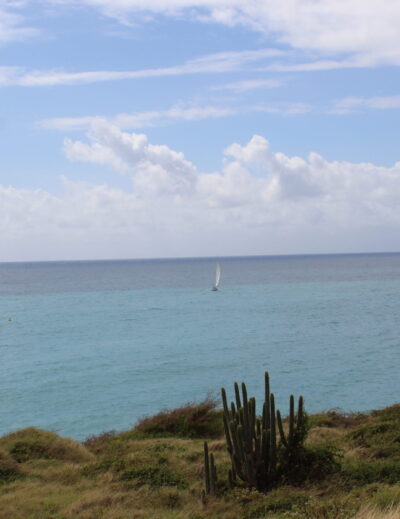
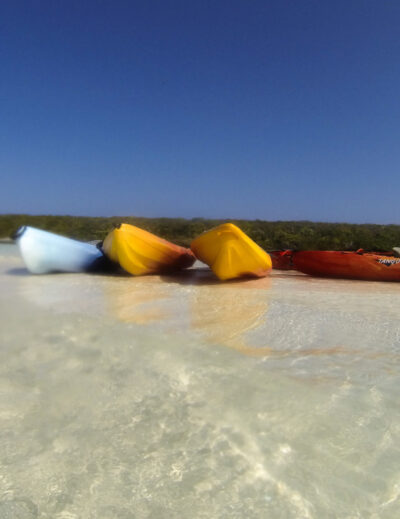
Leave a Reply